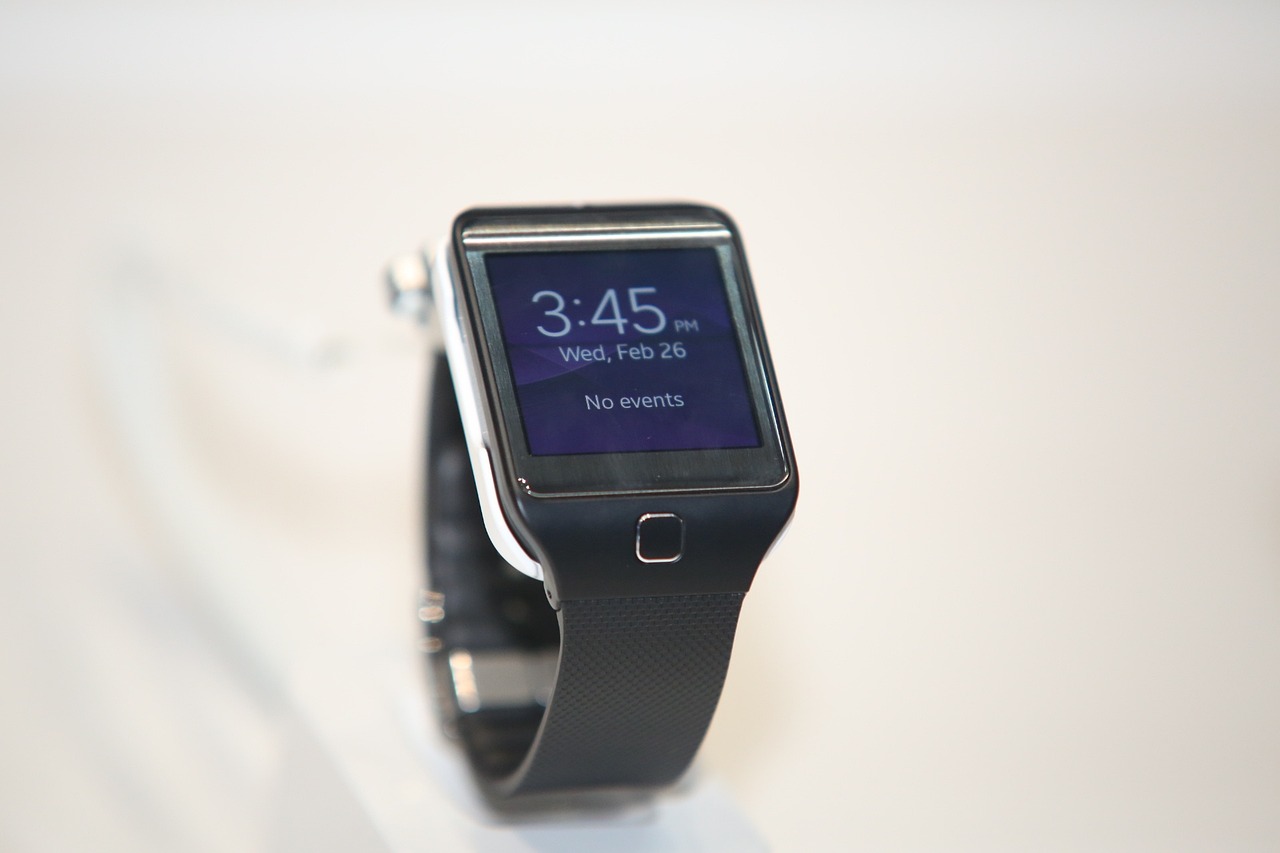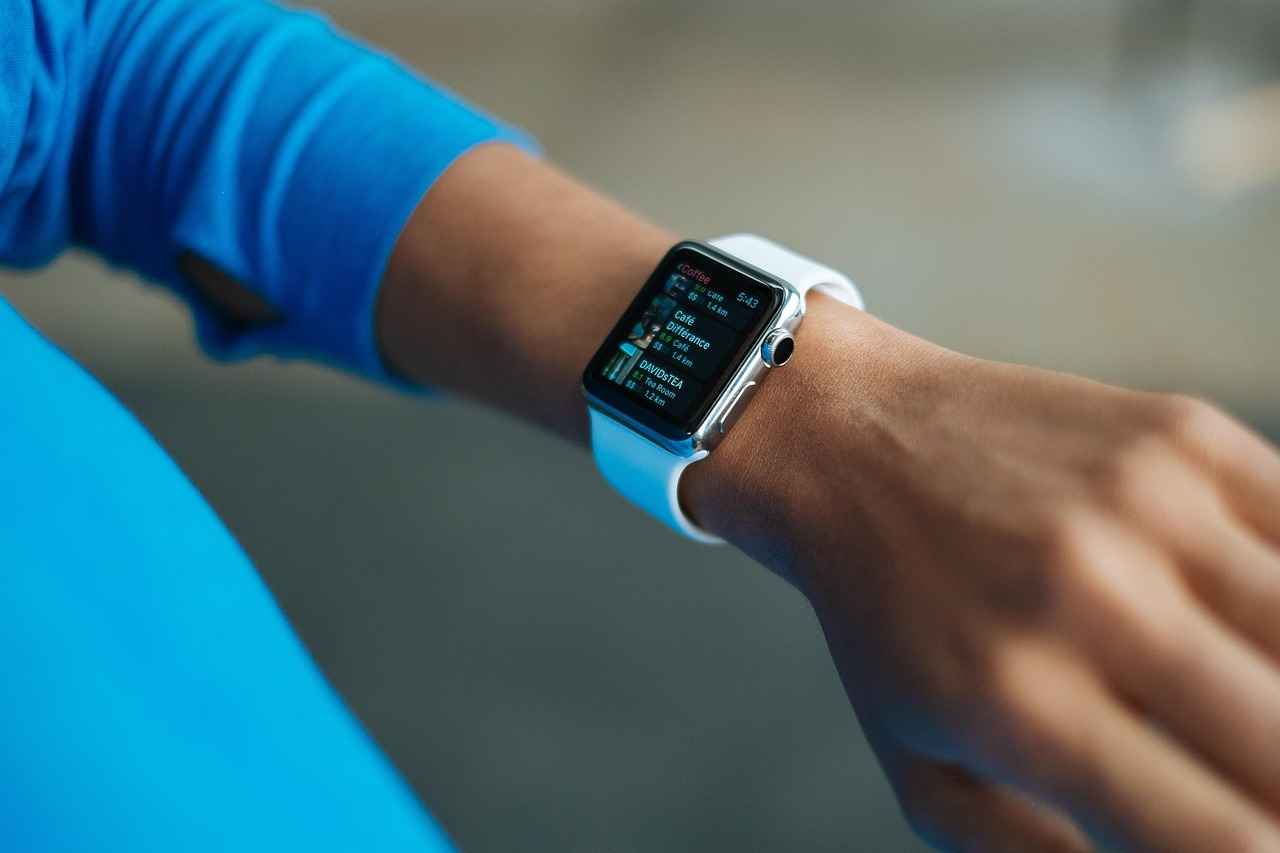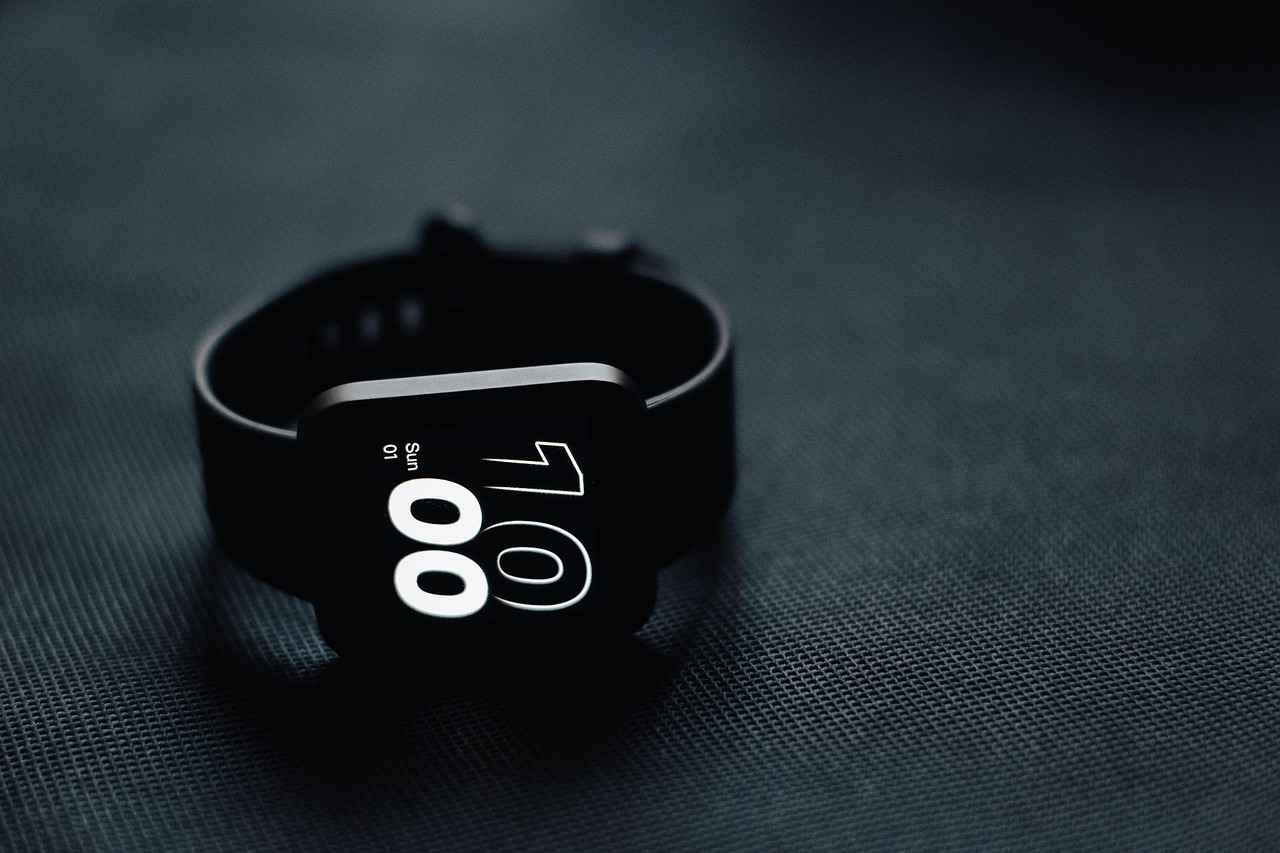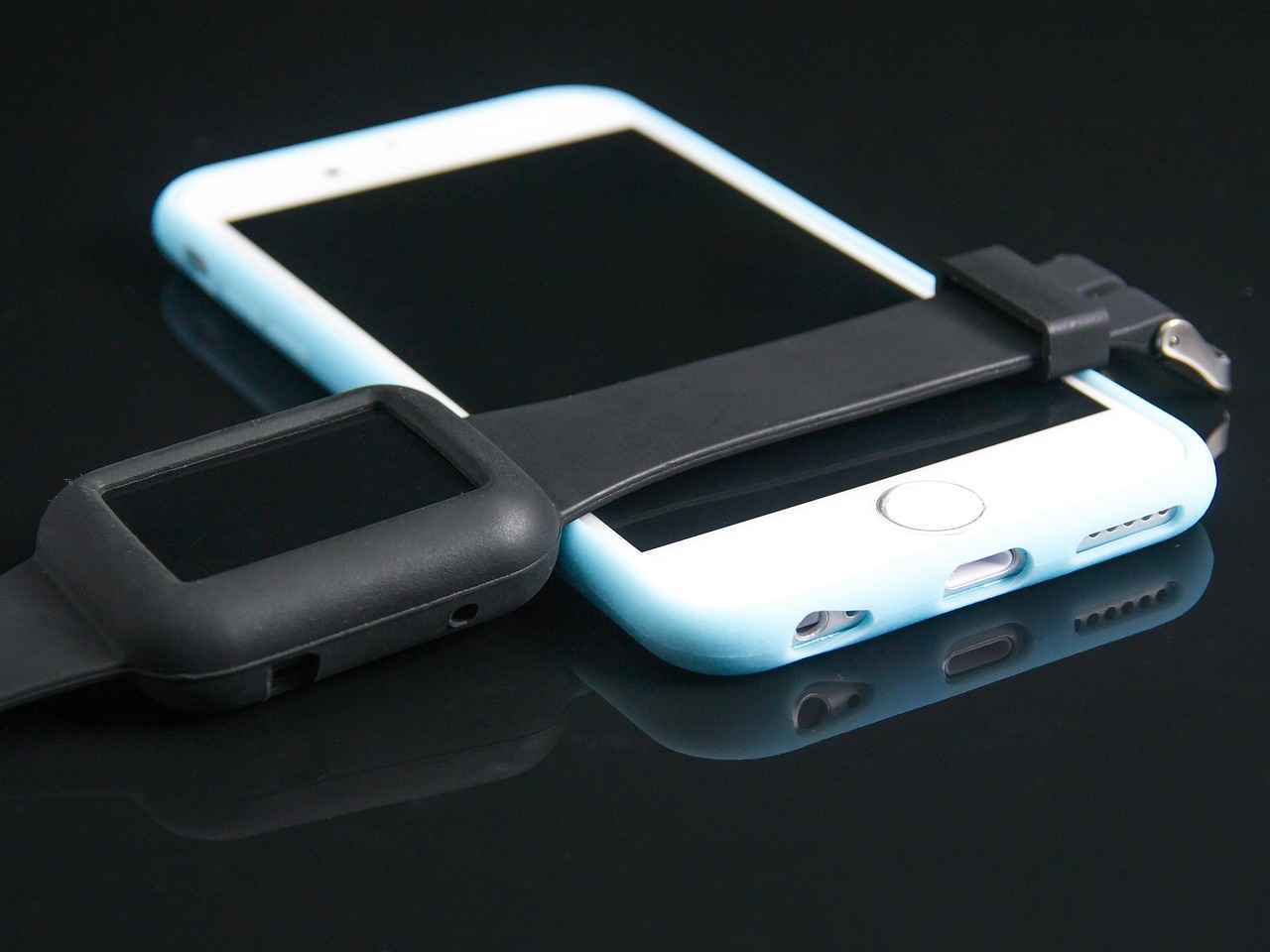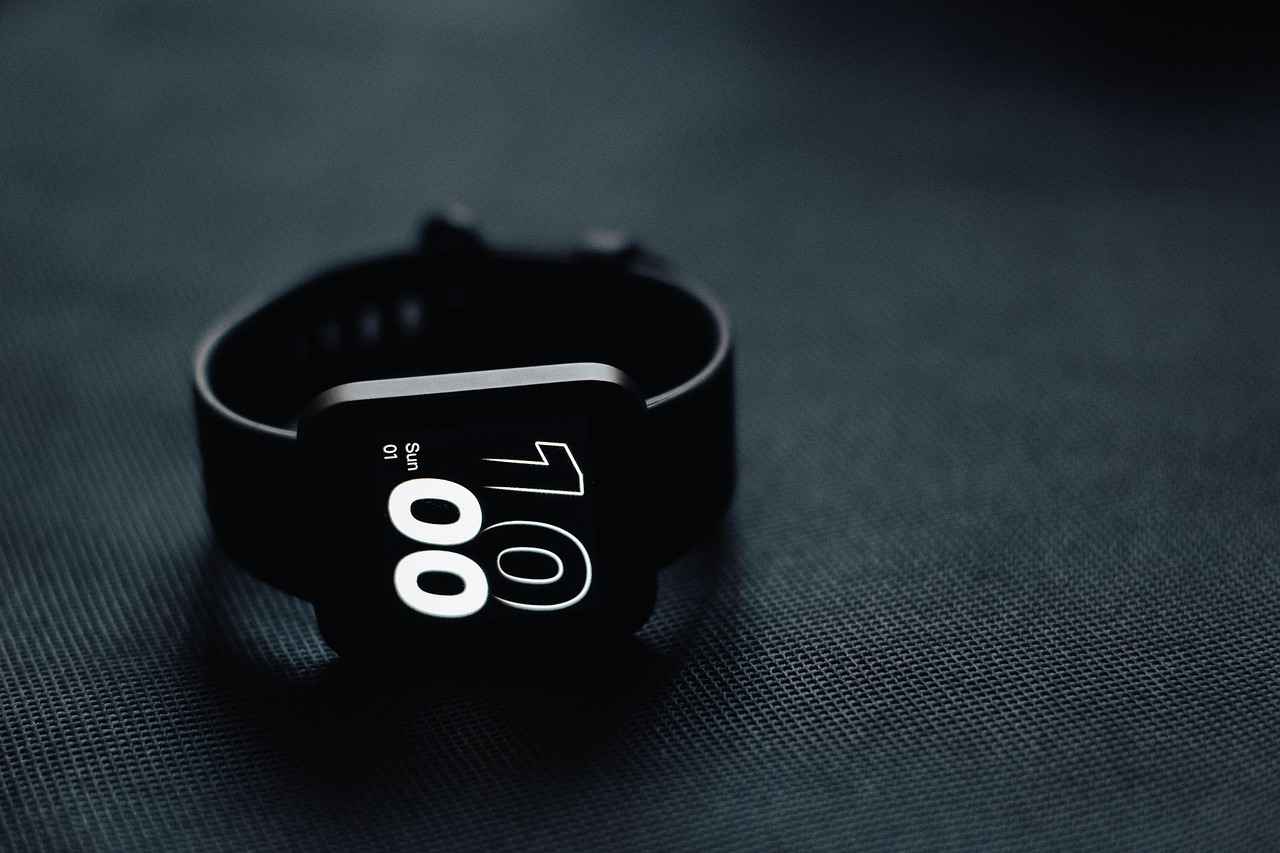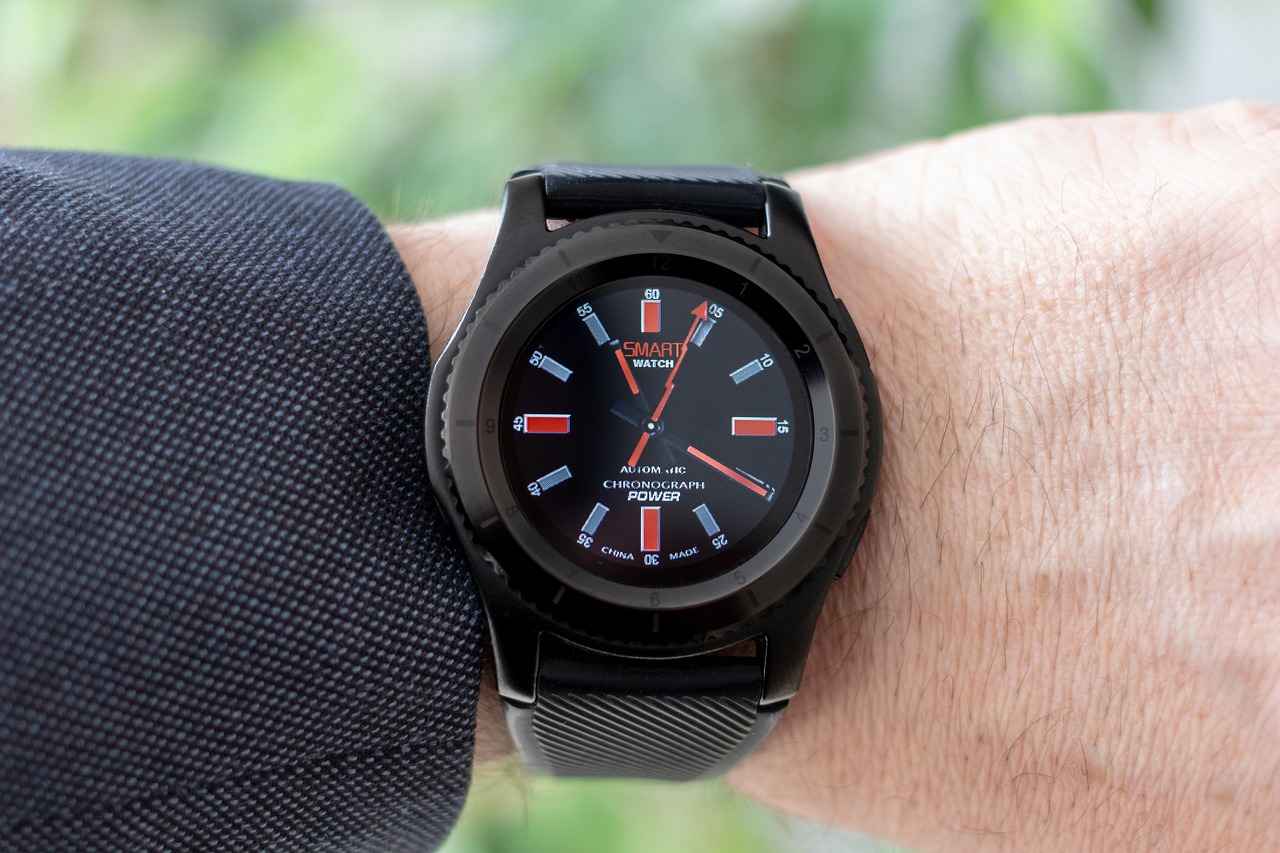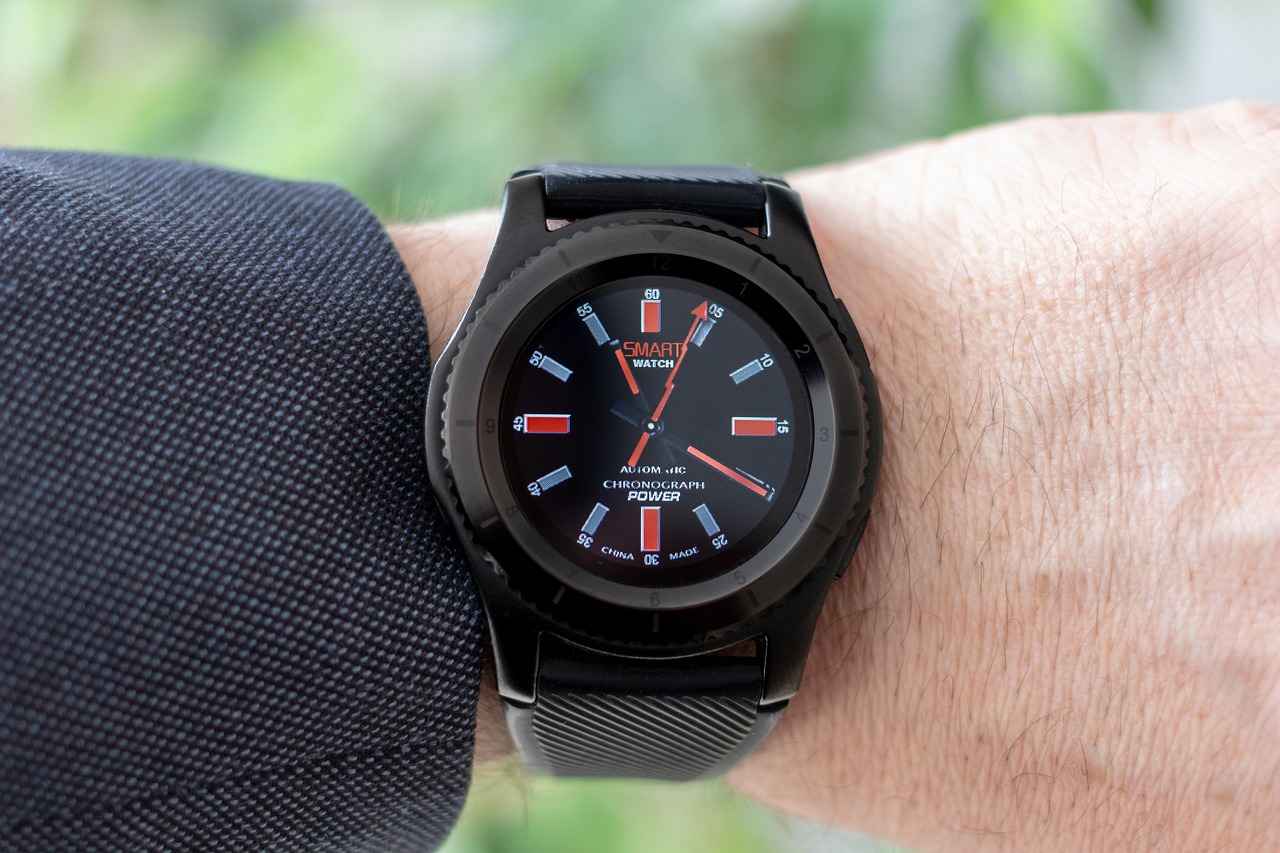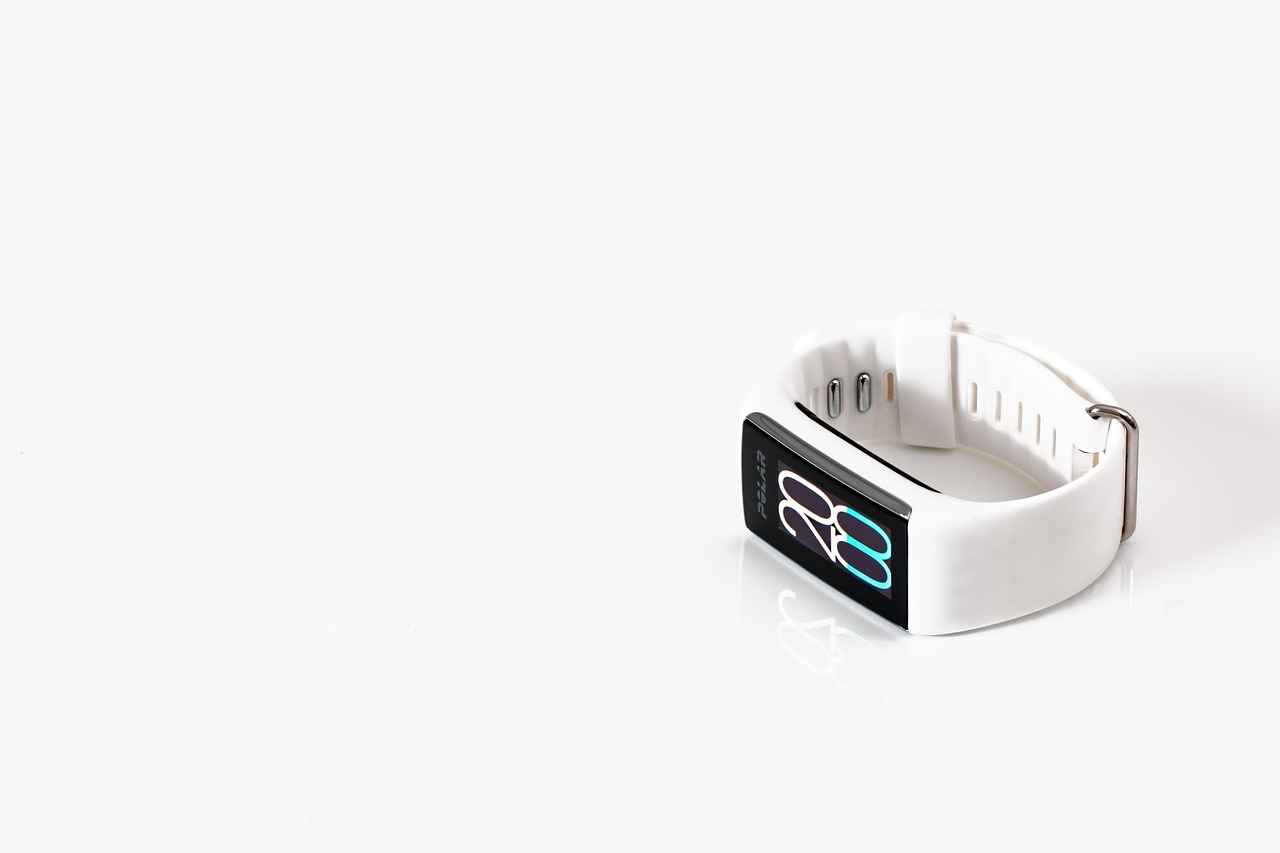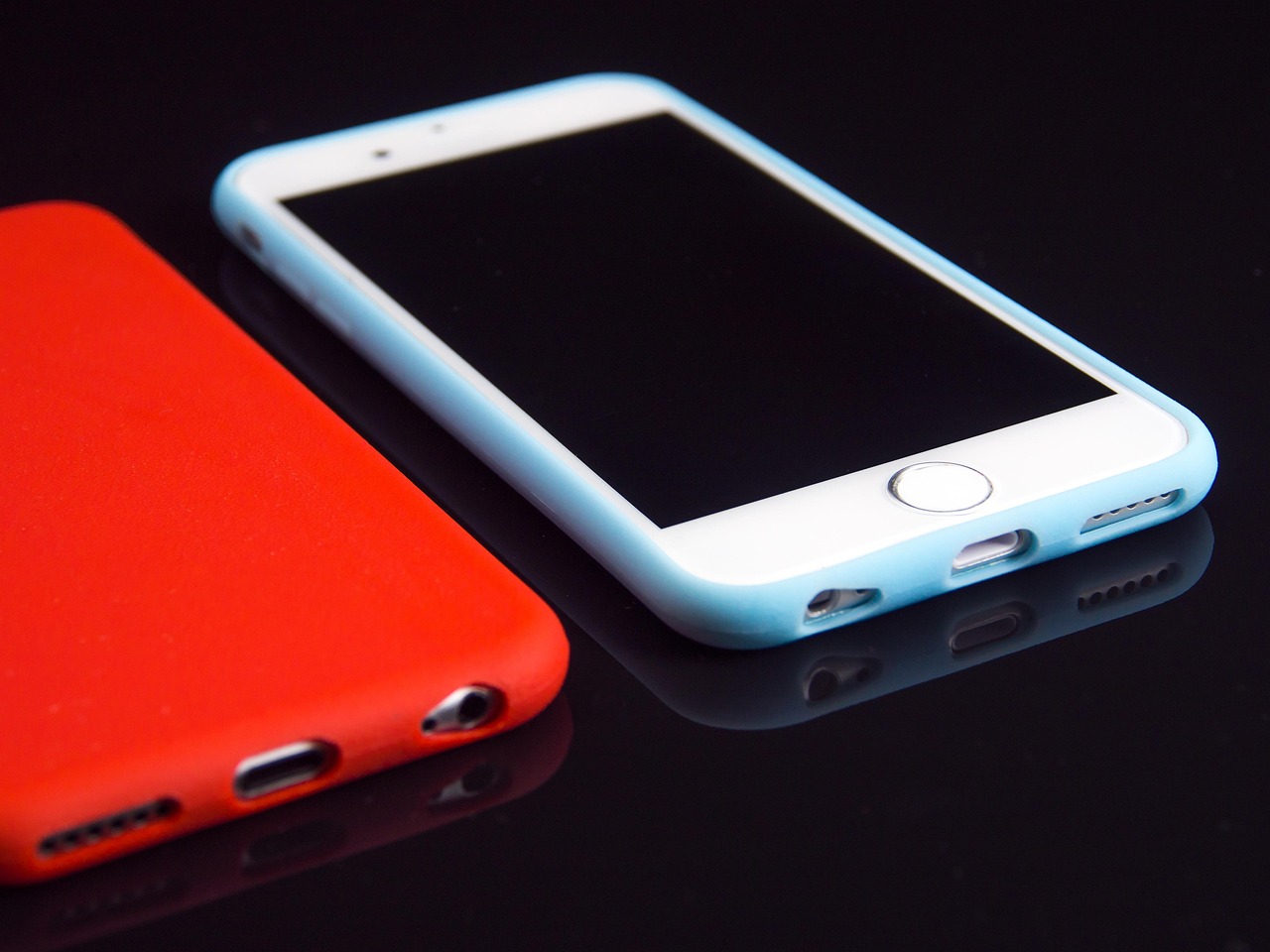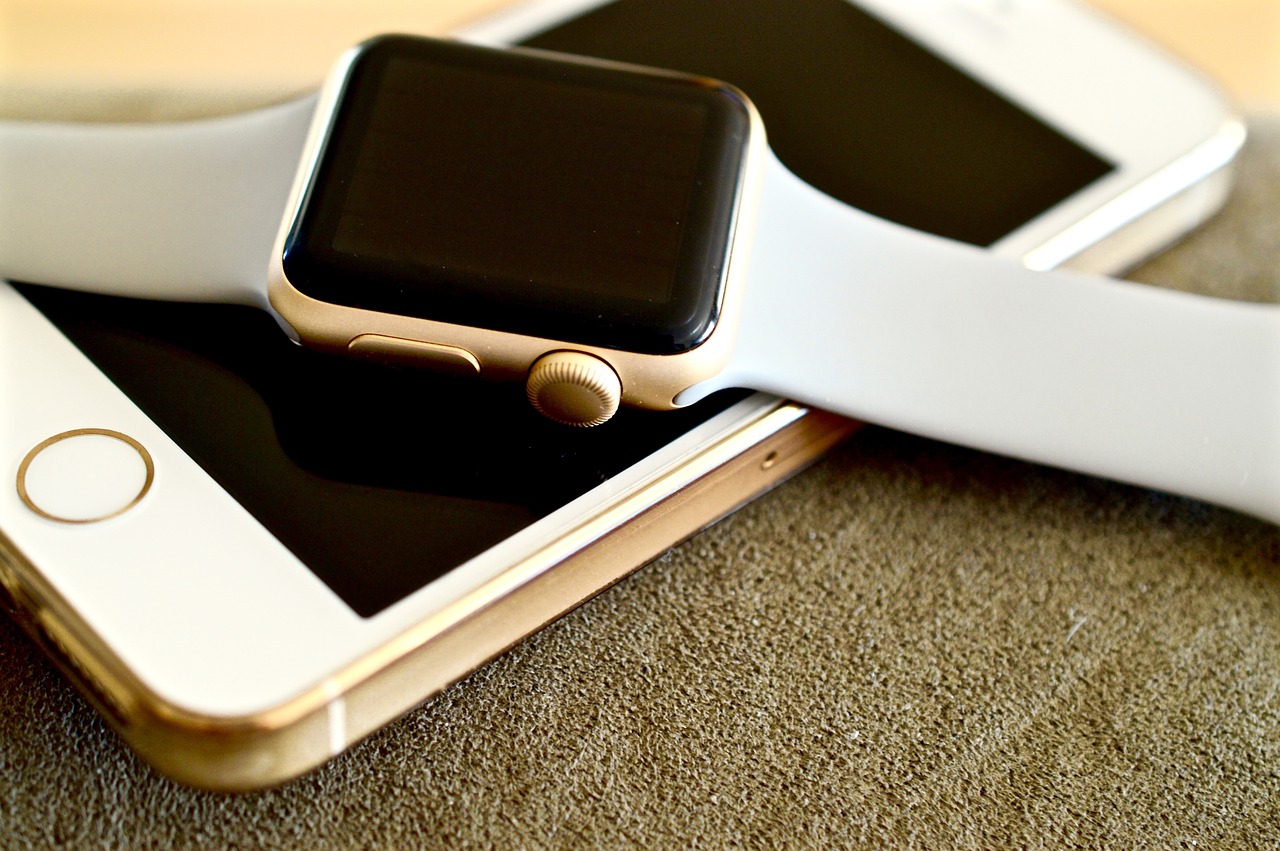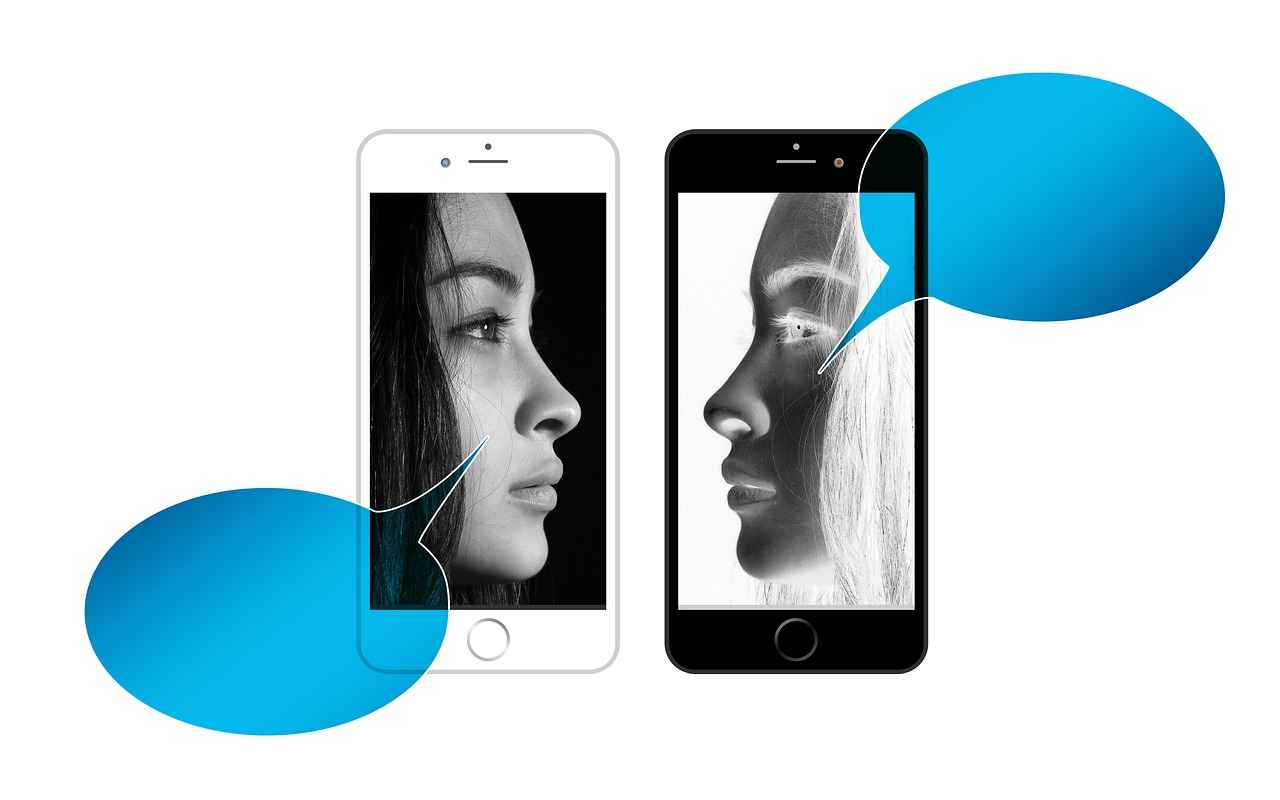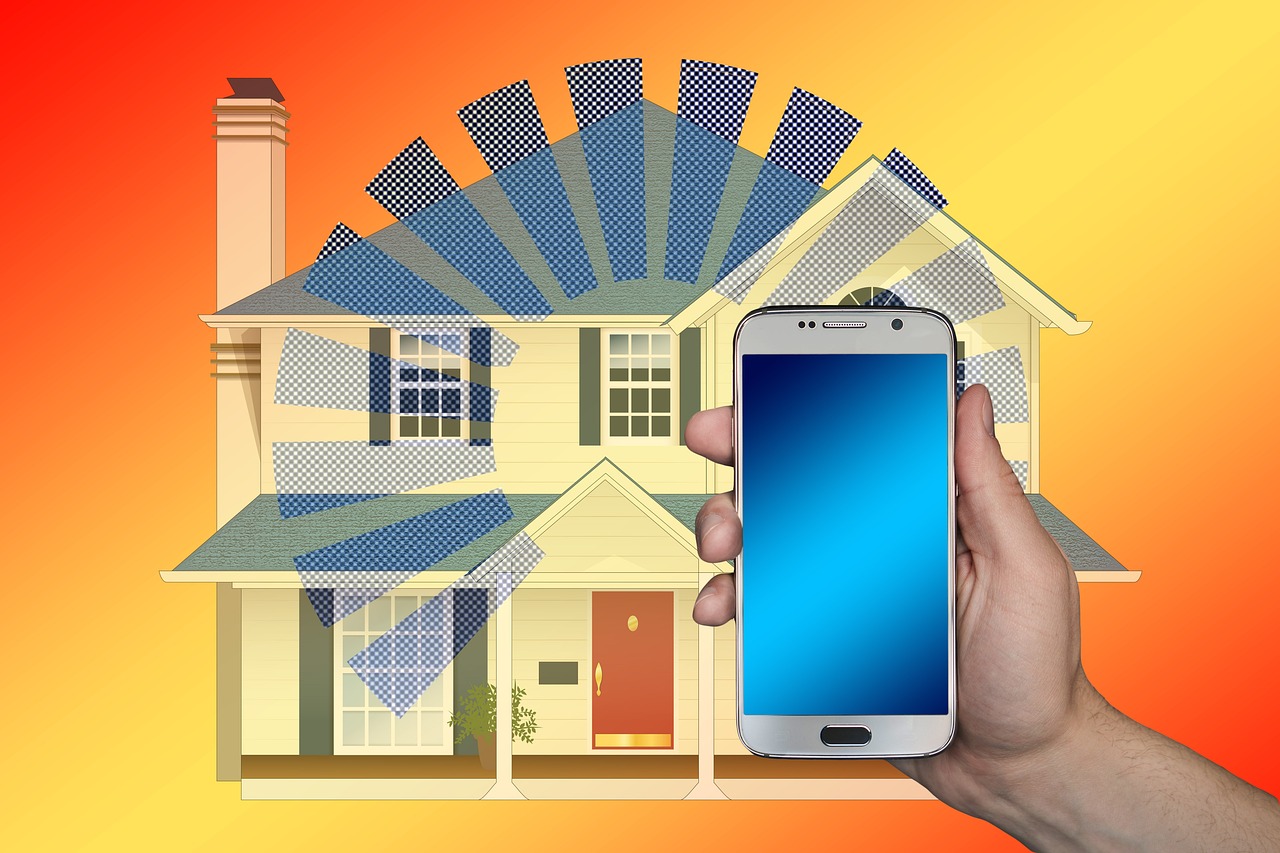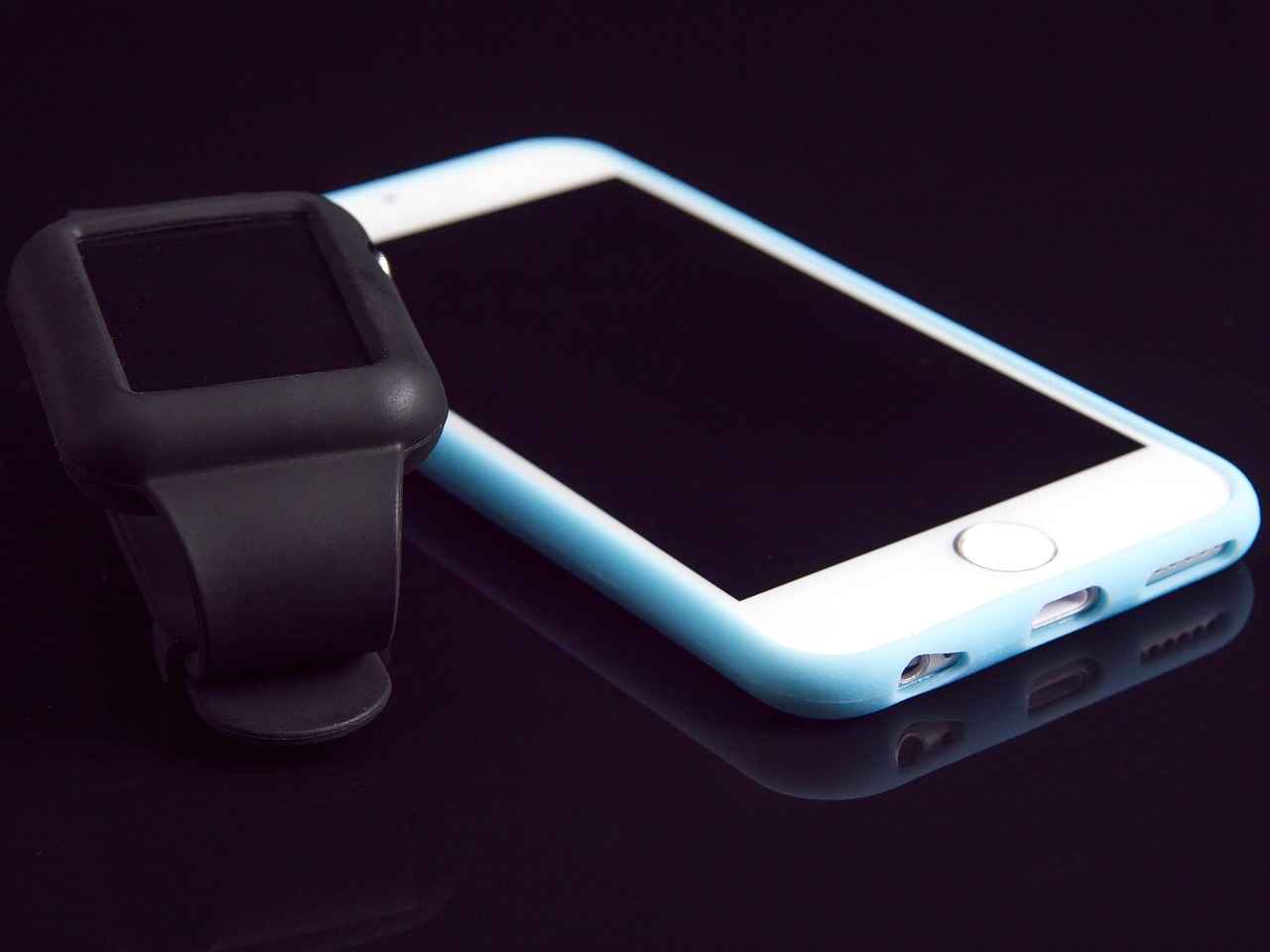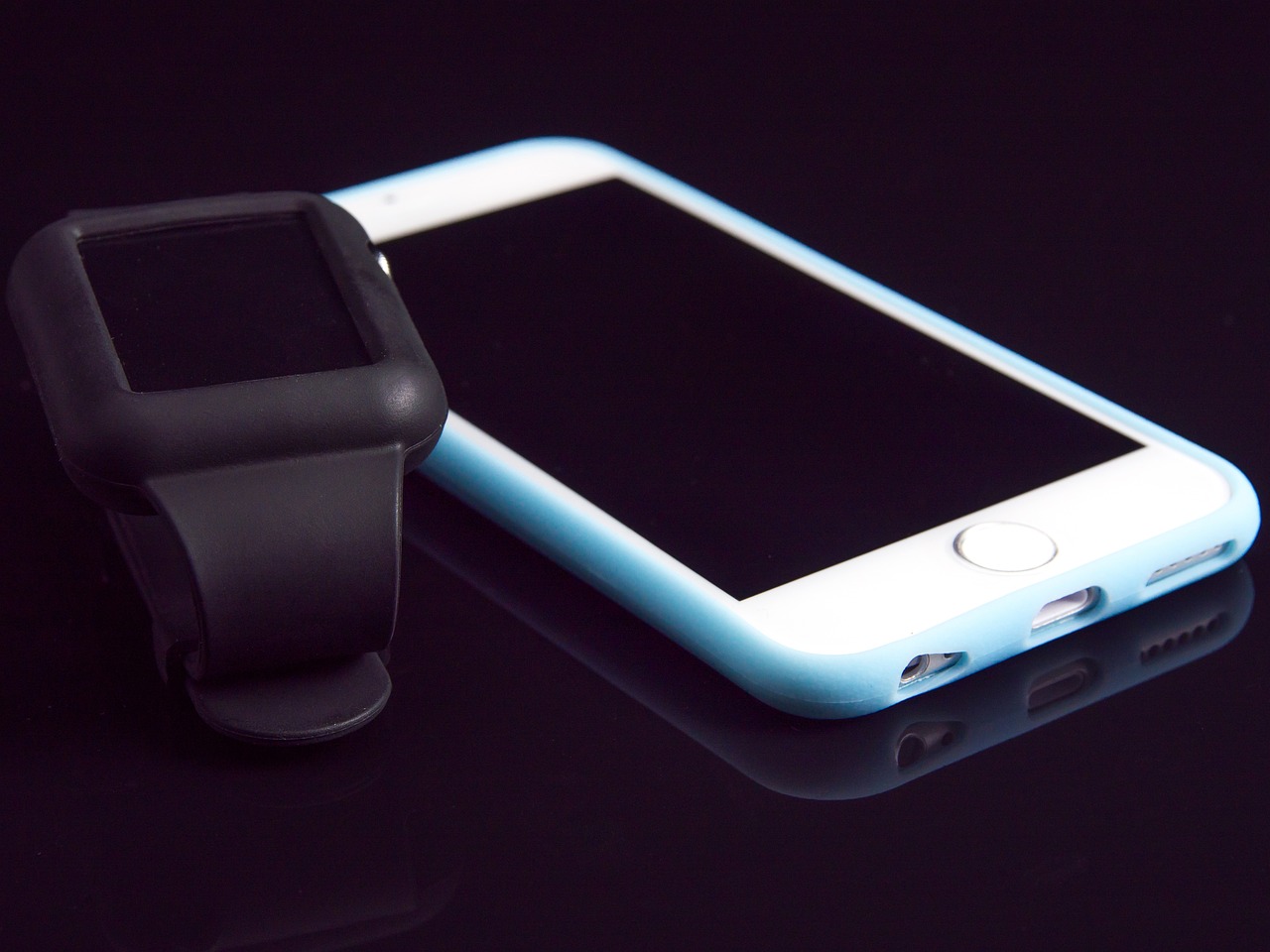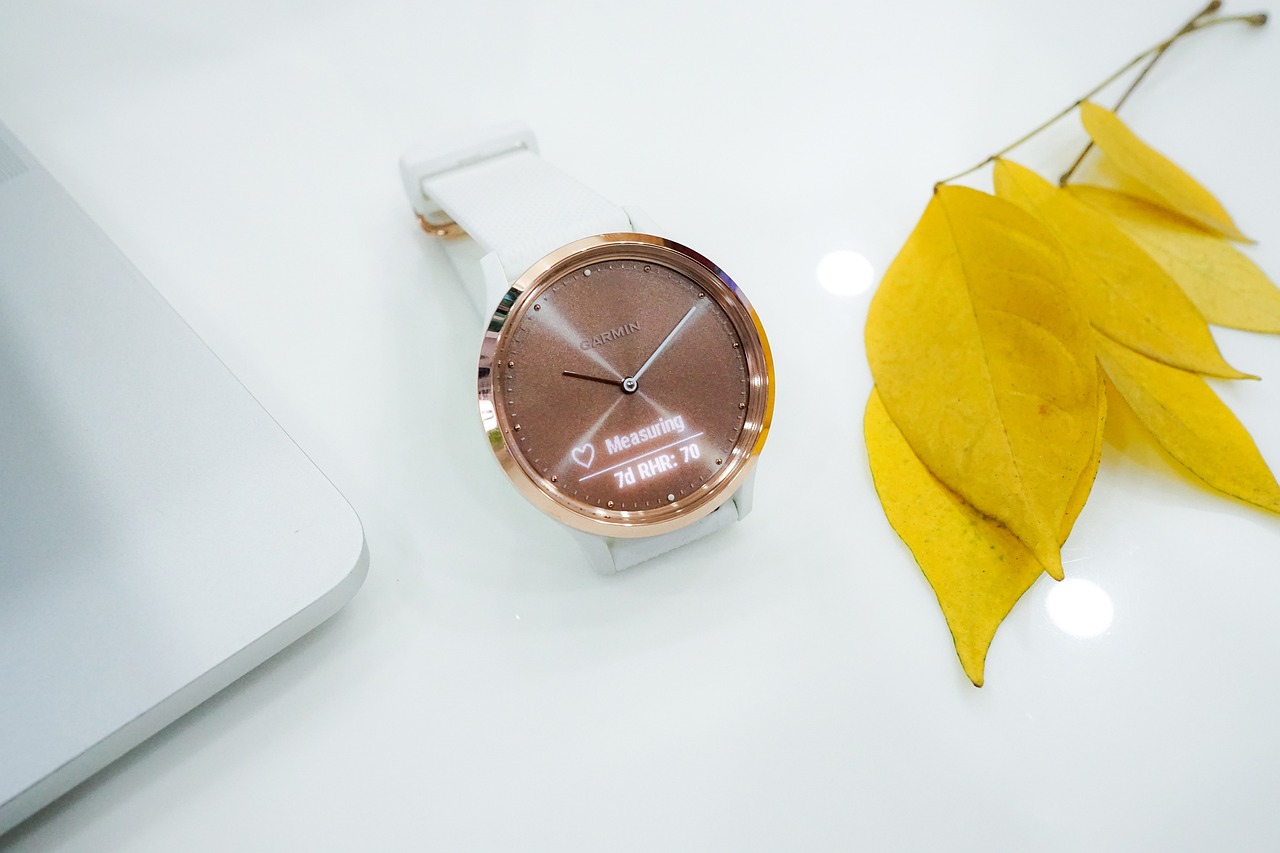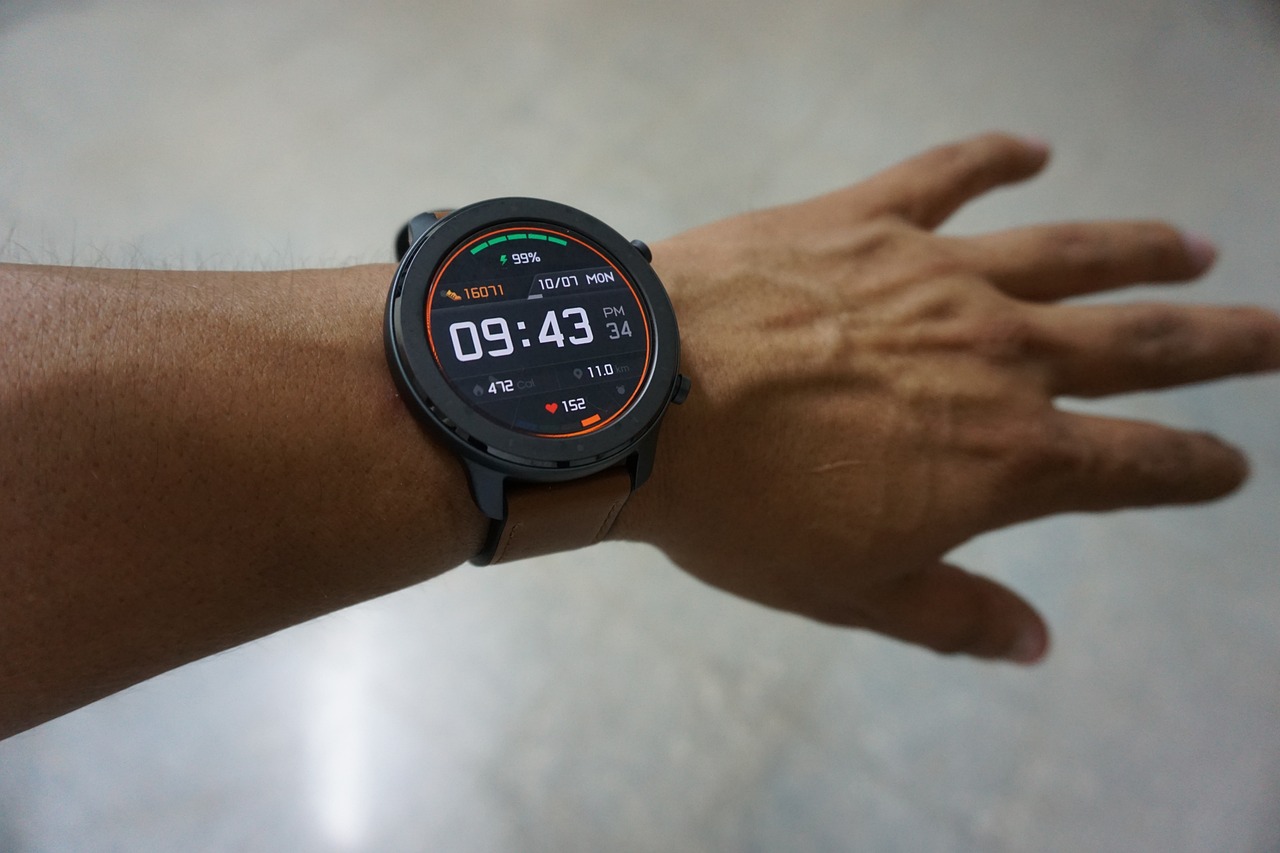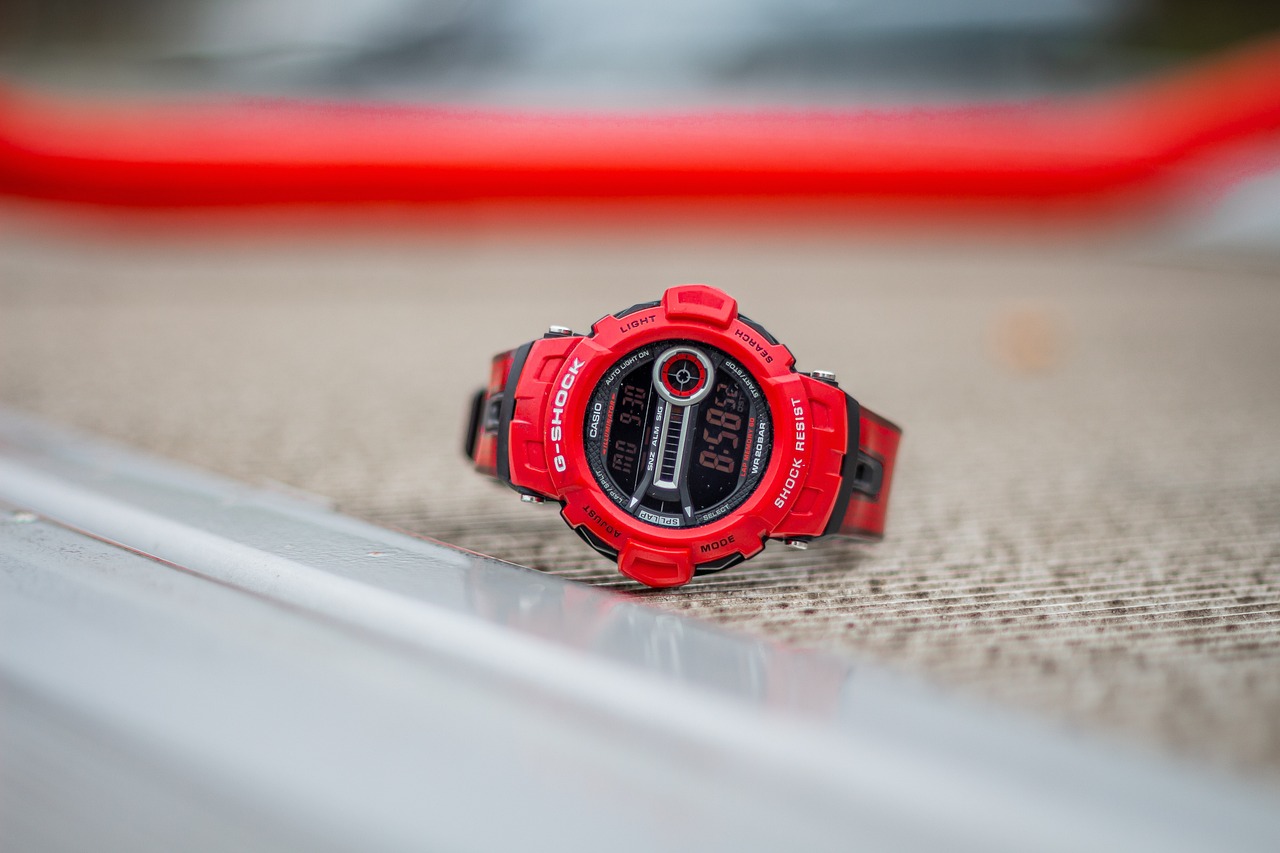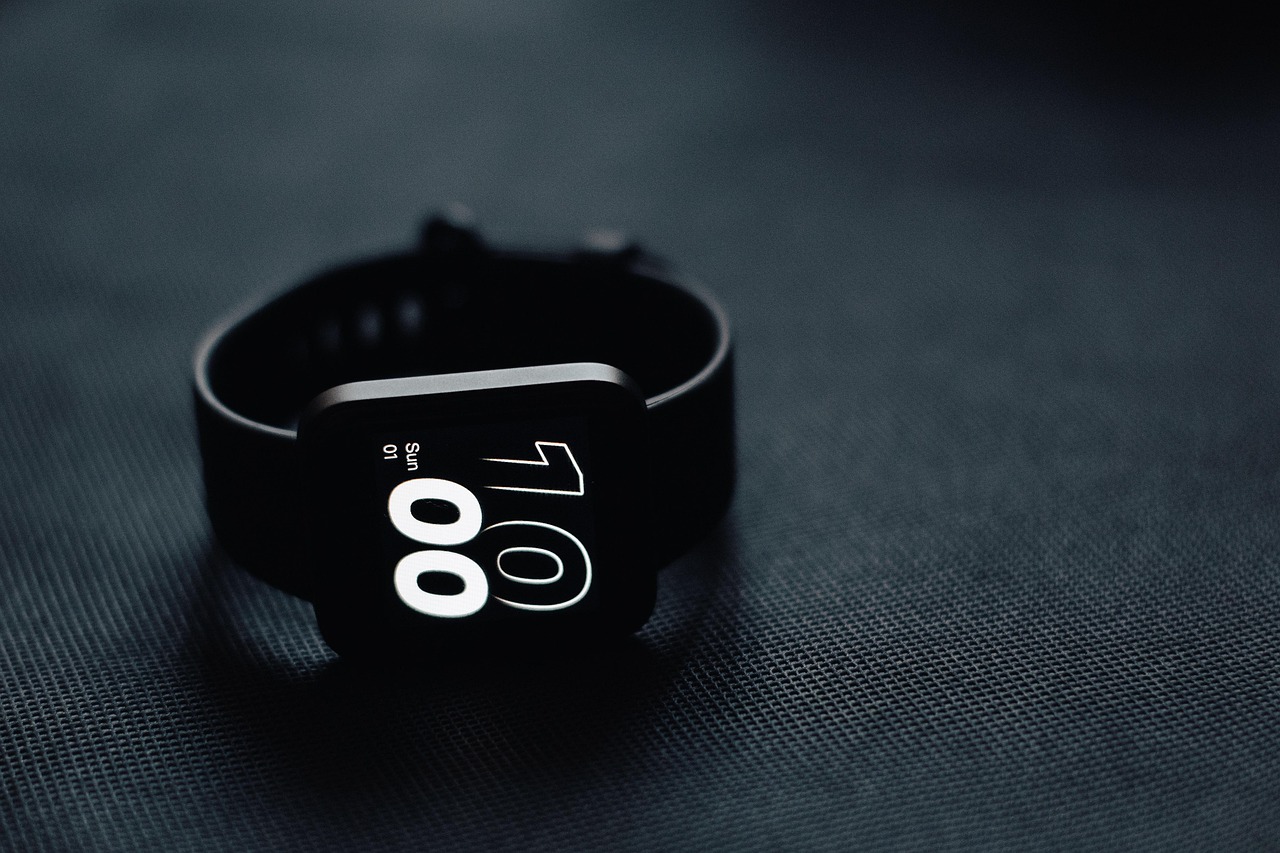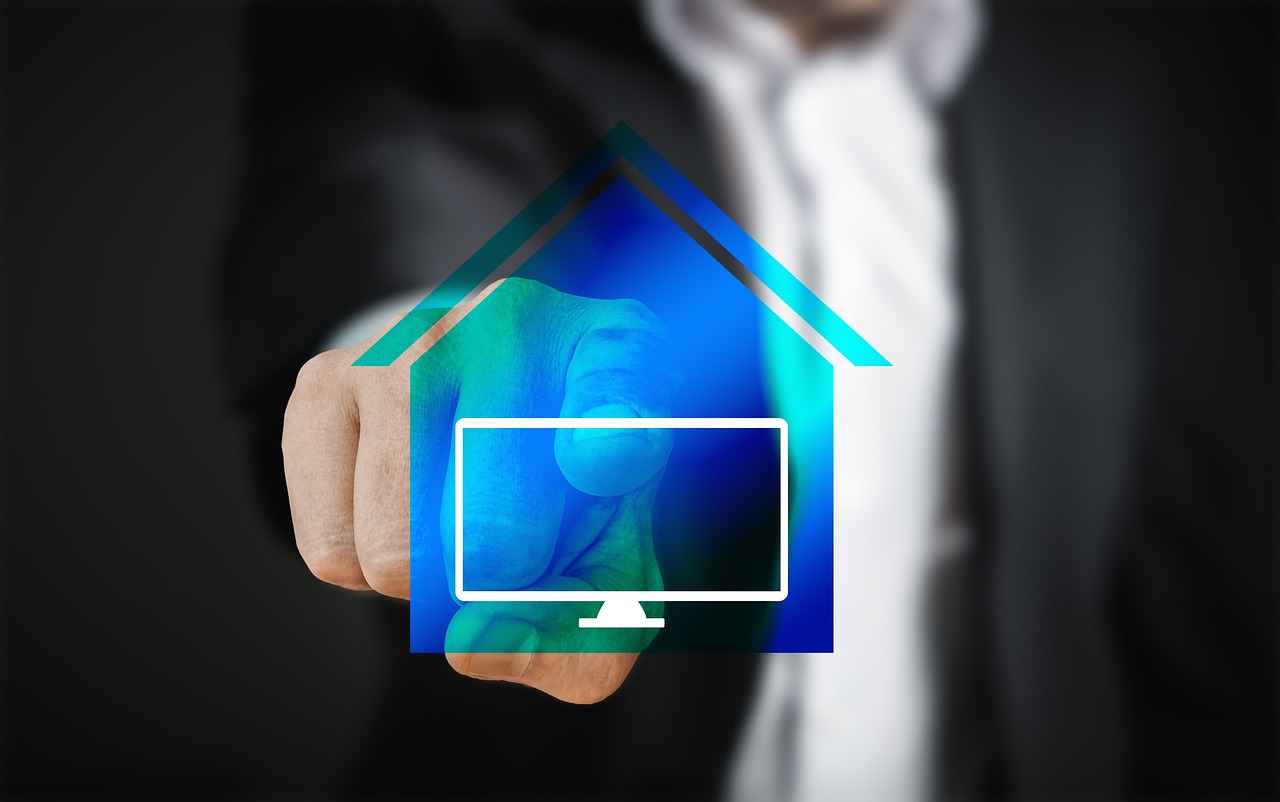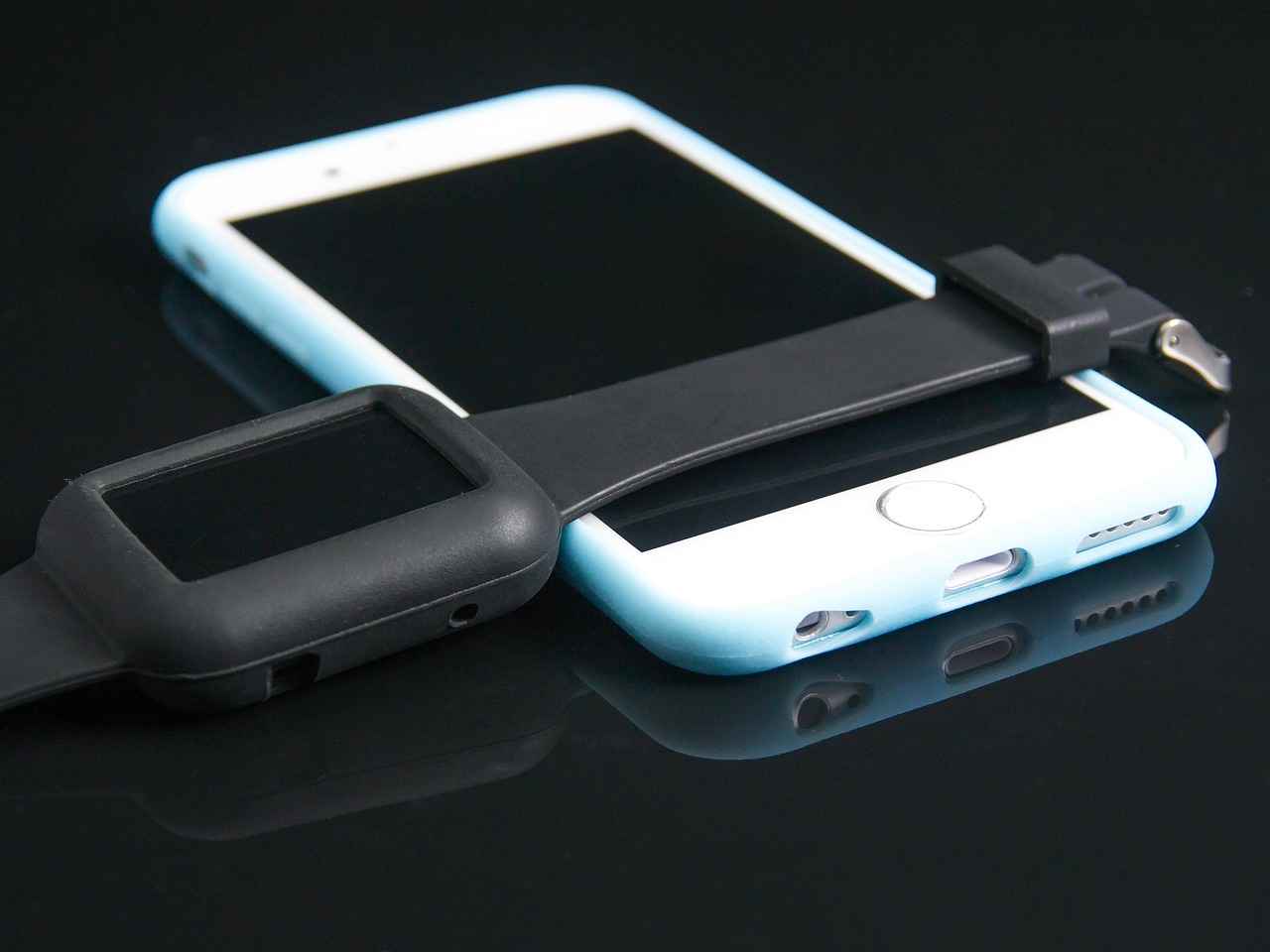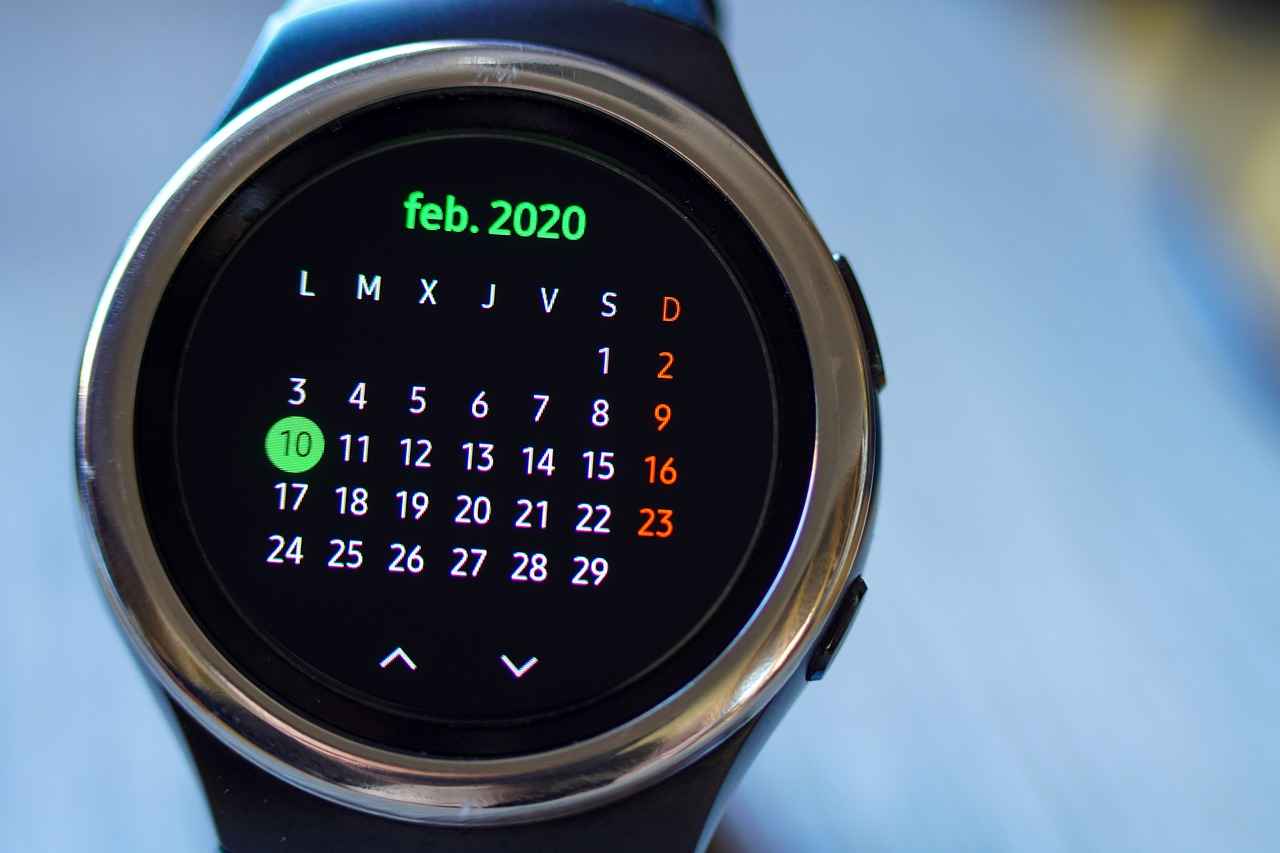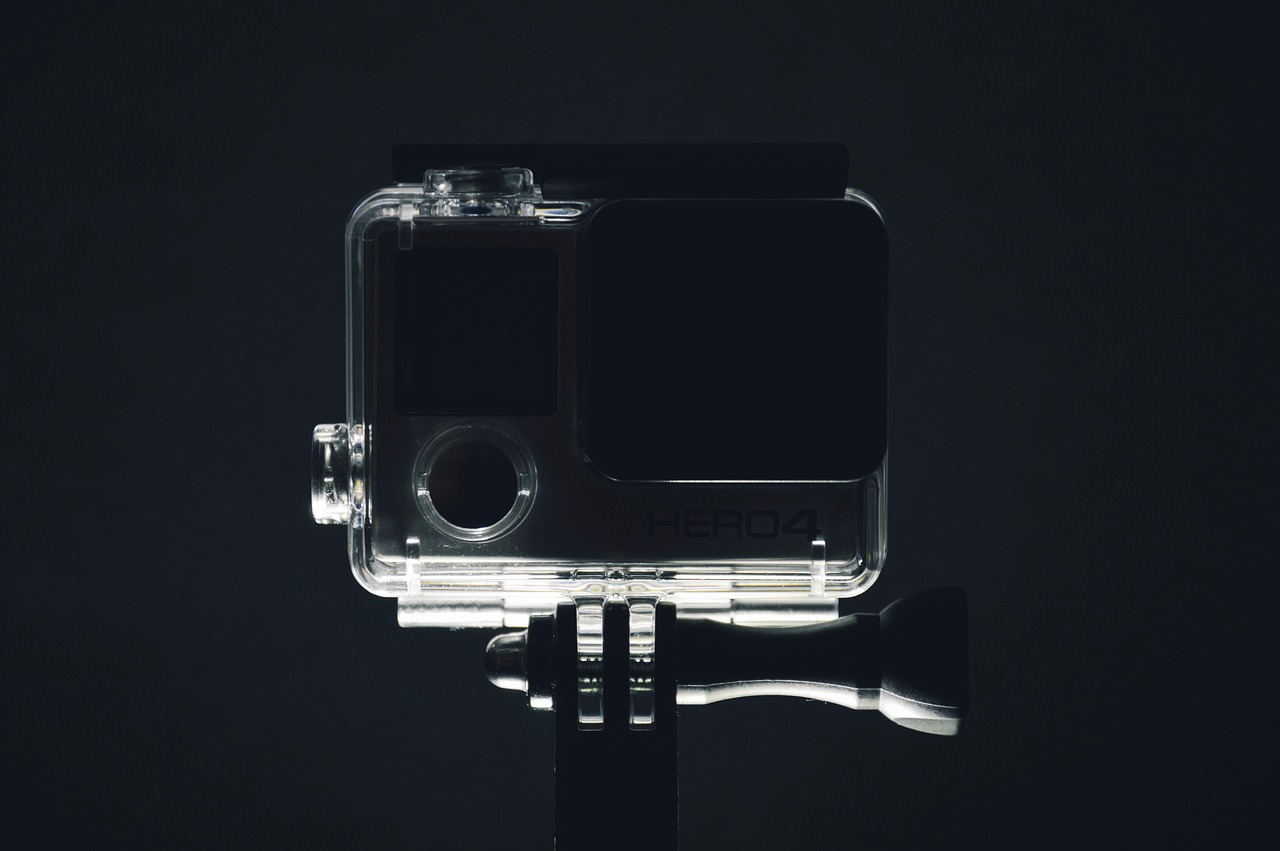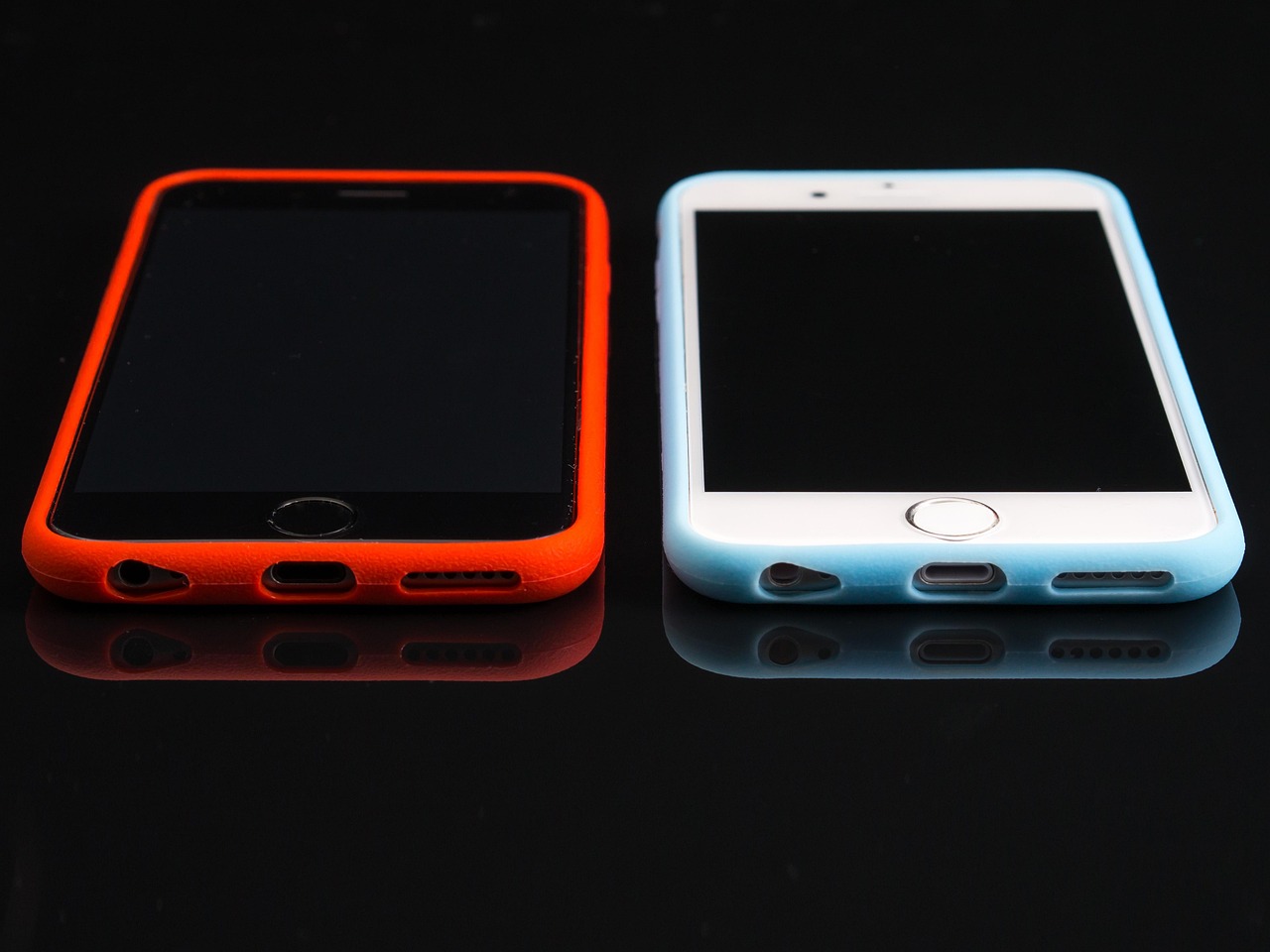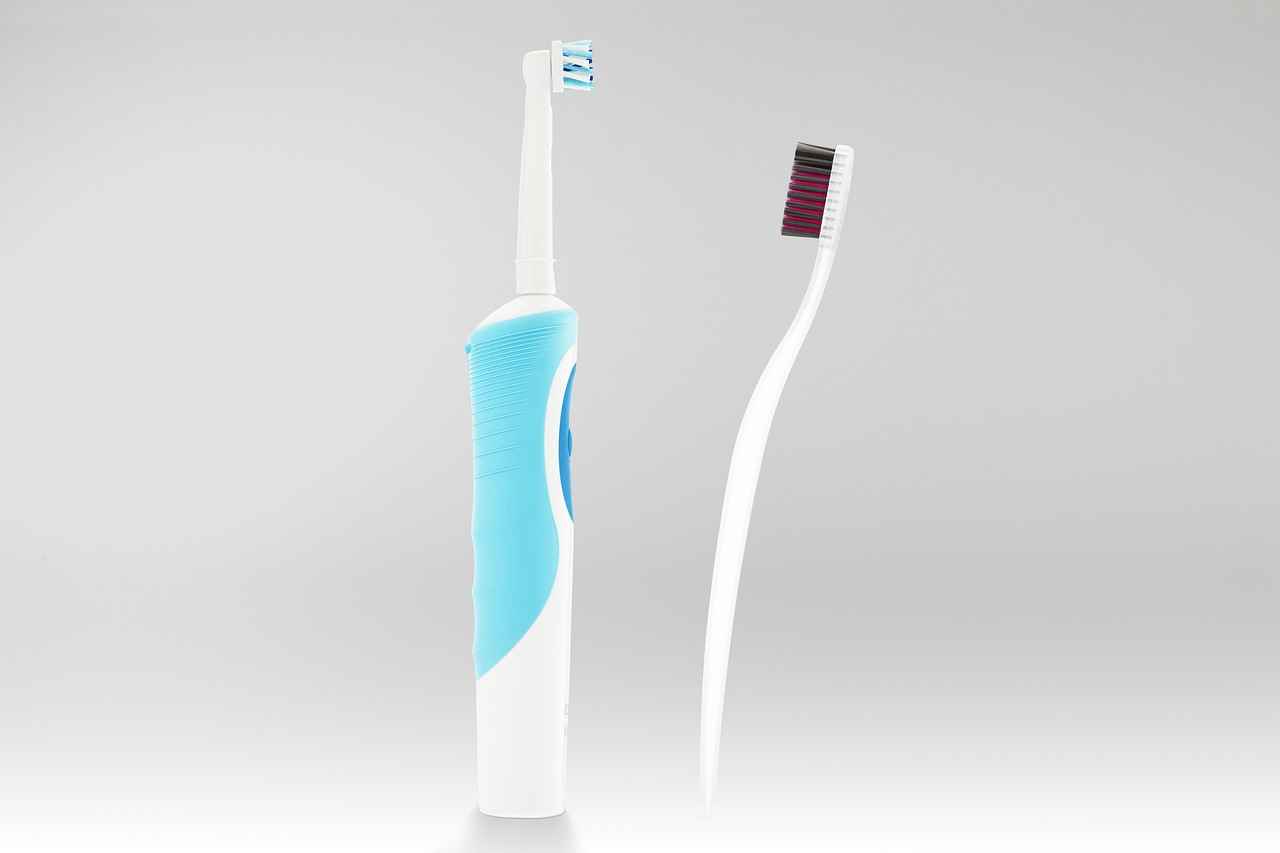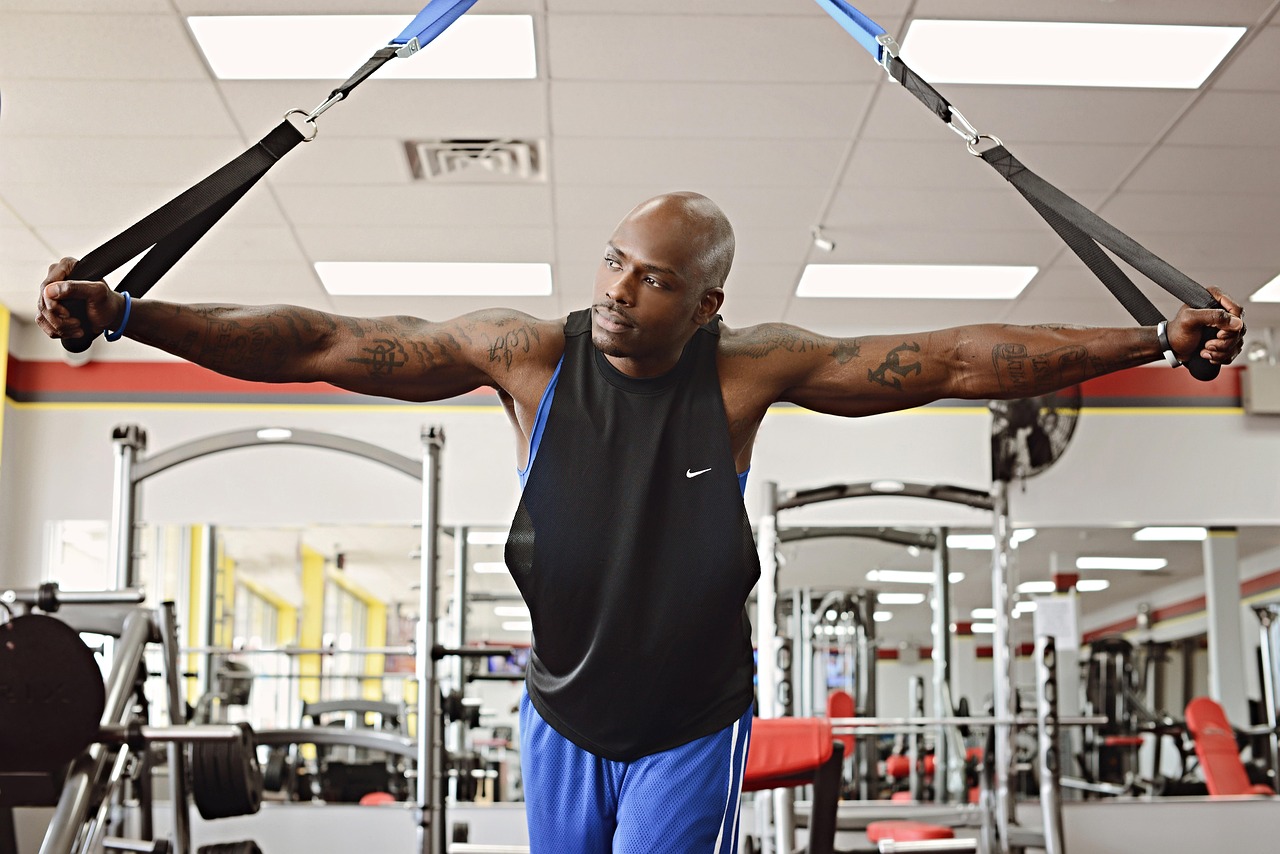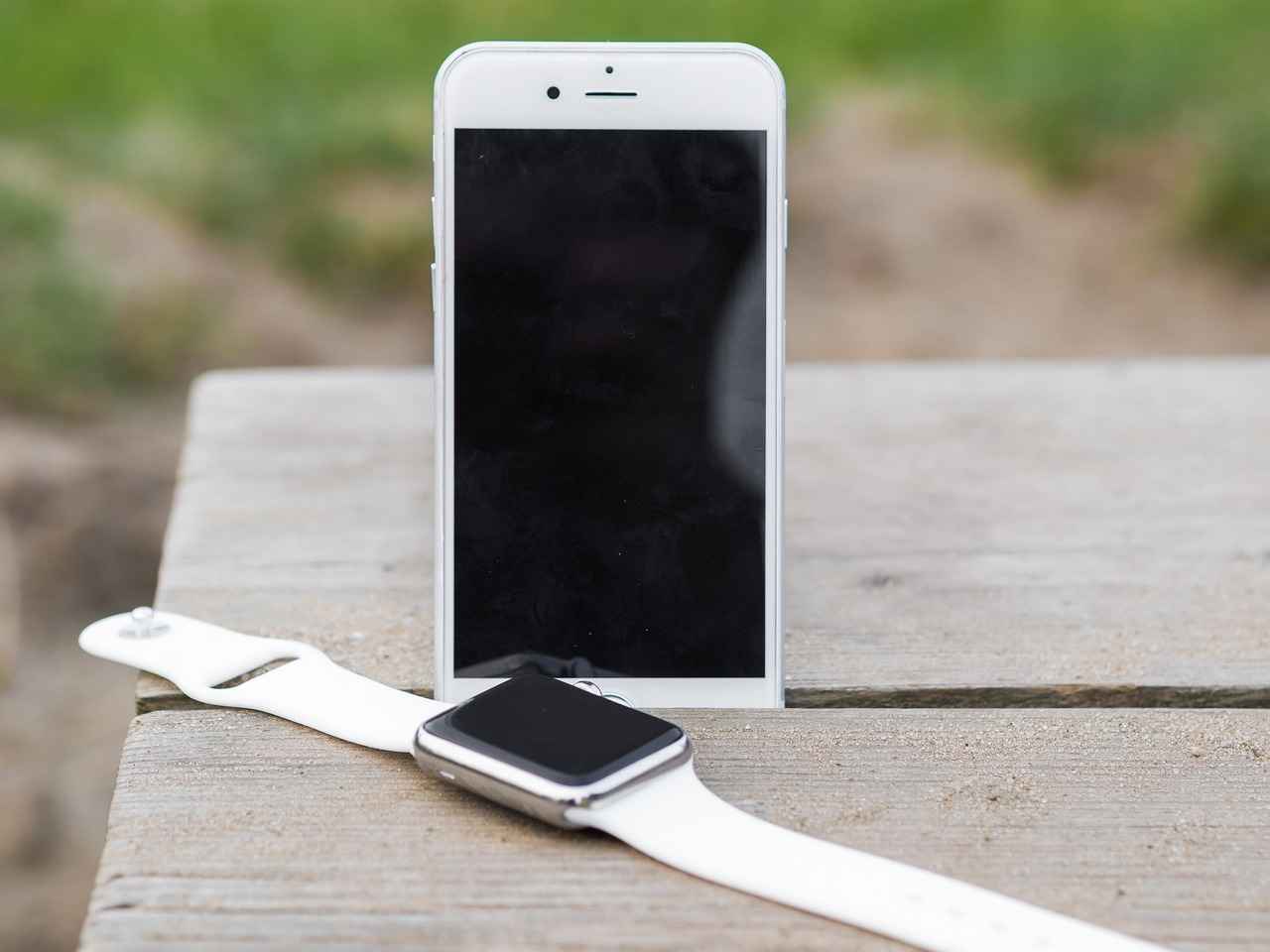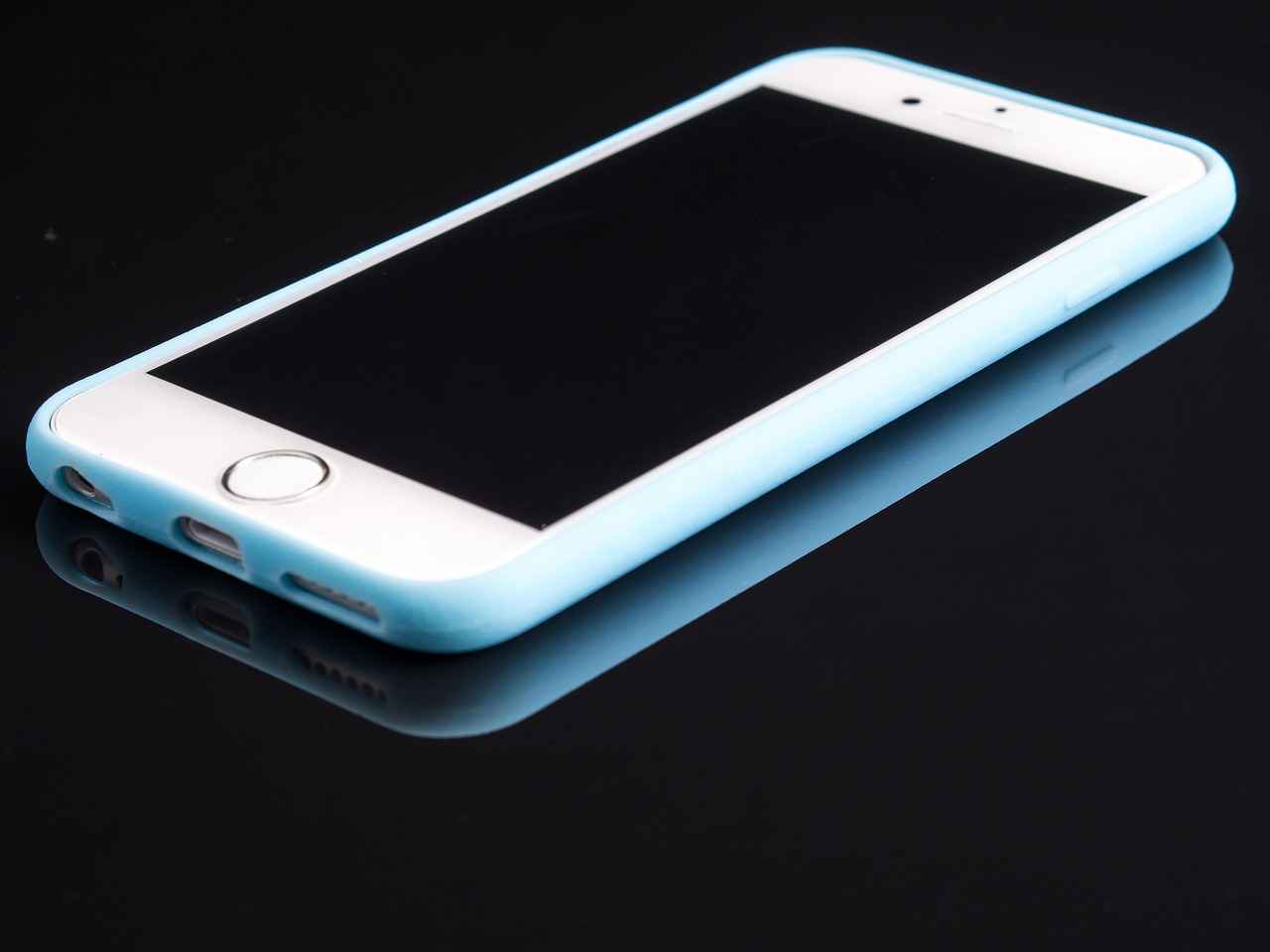In today’s fast-paced world, smartwatches have evolved into essential health management tools, particularly those equipped with blood pressure monitoring features. This article explores the latest advancements in smartwatch technology, offering a comprehensive overview of the best options available. We will delve into their features, functionalities, and how they can significantly enhance your health management routine.
What is Blood Pressure Monitoring in Smartwatches?
Blood pressure monitoring in smartwatches enables users to conveniently track their heart health. These devices utilize advanced sensors to measure blood pressure through the wrist, providing real-time data. Understanding your blood pressure is crucial for managing conditions like hypertension and cardiovascular diseases, making these smartwatches invaluable for daily health management.
Top Smartwatches with Blood Pressure Monitoring
- Apple Watch Series 7: Renowned for its sleek design and advanced health features, the Apple Watch Series 7 includes precise blood pressure tracking, making it a top choice for health-conscious individuals.
- Samsung Galaxy Watch 4: This model stands out with its comprehensive health tracking capabilities, including reliable blood pressure monitoring that rivals traditional methods.
How Accurate Are Smartwatch Blood Pressure Monitors?
Accuracy is vital for any health monitoring device. Smartwatch blood pressure readings can vary based on several factors, including user technique and device calibration. Studies show that while smartwatches can provide valuable insights, they may not always match the precision of clinical devices.
Factors Influencing Accuracy
- User technique: Proper wrist positioning is crucial for accurate readings.
- Device calibration: Regular updates and calibrations can enhance measurement reliability.
- Environmental conditions: Temperature and movement can affect sensor performance.
Clinical Validation of Smartwatch Measurements
Clinical validation is essential for ensuring the reliability of smartwatch blood pressure readings. Research studies and certifications from health organizations confirm that many smartwatches meet necessary standards for health monitoring.
Additional Health Features in Smartwatches
Beyond blood pressure monitoring, smartwatches offer an array of health features, such as:
- Heart Rate Monitoring: This feature provides a comprehensive view of cardiovascular health, allowing users to track their heart rate variability.
- ECG Functionality: Electrocardiogram capabilities help in detecting heart irregularities, offering users peace of mind.
Choosing the Right Smartwatch for Blood Pressure Monitoring
Selecting the perfect smartwatch involves considering various factors:
- Budget Considerations: Balance features with price to find a device that meets your health needs without overspending.
- Compatibility with Health Apps: Ensure the smartwatch integrates well with popular health apps to enhance your overall health tracking experience.

What is Blood Pressure Monitoring in Smartwatches?
Blood pressure monitoring in smartwatches has emerged as a revolutionary feature that empowers users to take charge of their heart health with remarkable convenience. These devices utilize advanced sensors and algorithms to measure blood pressure accurately, providing real-time data that can be invaluable for daily health management.
Typically, smartwatches measure blood pressure through a combination of optical sensors and oscillometric techniques. The optical sensors track changes in blood volume through the skin, while the oscillometric method detects pressure fluctuations as the heart beats. This dual approach allows for a more precise reading, enabling users to understand their blood pressure levels without needing to visit a healthcare professional.
Monitoring blood pressure is crucial for identifying potential health issues such as hypertension or heart disease. Regular tracking can help users recognize patterns or spikes in their readings, prompting timely medical consultations. Additionally, many smartwatches provide insights and trends over time, allowing users to observe how lifestyle changes—such as diet and exercise—affect their blood pressure.
Moreover, the significance of blood pressure monitoring extends beyond just tracking numbers. Many smartwatches offer reminders and alerts for users to check their blood pressure regularly, fostering a proactive approach to health management. This feature is particularly beneficial for individuals with existing health conditions or those at risk, as it encourages adherence to treatment plans and lifestyle modifications.
In conclusion, blood pressure monitoring in smartwatches represents a significant advancement in personal health technology. By enabling users to track their heart health conveniently and accurately, these devices play a vital role in daily health management and overall well-being.

Top Smartwatches with Blood Pressure Monitoring
In today’s fast-paced world, health management has become more accessible thanks to technology. Smartwatches equipped with blood pressure monitoring features are at the forefront of this revolution, allowing users to keep a close eye on their cardiovascular health. Below, we explore some of the best smartwatches currently available, highlighting their unique specifications, advantages, and user experiences.
- Apple Watch Series 7
The Apple Watch Series 7 stands out with its sleek design and robust health features. It offers an intuitive interface for tracking blood pressure, heart rate, and more. Users appreciate its seamless integration with the Apple Health app, providing a comprehensive view of their health metrics.
- Samsung Galaxy Watch 4
This smartwatch is celebrated for its advanced health tracking capabilities. The Galaxy Watch 4 includes a blood pressure monitoring feature that is both accurate and user-friendly. Its compatibility with Samsung Health enhances its functionality, making it a popular choice among fitness enthusiasts.
- Fitbit Sense
Fitbit Sense offers a unique approach to health monitoring, including stress management and skin temperature tracking alongside blood pressure monitoring. Users have reported positive experiences with its detailed health insights and user-friendly app interface.
- Garmin Venu 2
Garmin Venu 2 is designed for fitness lovers, combining stylish aesthetics with practical health features. Its blood pressure monitoring is complemented by advanced fitness tracking, making it ideal for those who prioritize both health and performance.
These smartwatches not only provide essential health metrics but also offer a range of features that enhance user experience and promote a healthier lifestyle. By choosing a smartwatch with blood pressure monitoring, you can take proactive steps toward better health management.
Apple Watch Series 7
The is a remarkable advancement in the world of smartwatches, particularly for those who prioritize health monitoring. With its sleek design and enhanced functionalities, it offers users an efficient way to manage their health, including the ability to track blood pressure.
One of the standout features of the Apple Watch Series 7 is its health monitoring capabilities. It not only tracks blood pressure but also provides insights into heart rate variability, oxygen saturation, and more. This comprehensive approach to health management sets it apart from many competitors in the smartwatch market.
The design of the Apple Watch Series 7 is equally impressive. With a larger display that is more durable, users can easily navigate through various health metrics. The interface is user-friendly, making it simple to access blood pressure readings at a glance. Additionally, the watch is available in a variety of colors and bands, allowing for personalization to suit individual styles.
In terms of functionality, the Apple Watch Series 7 utilizes advanced sensors to measure blood pressure accurately. It employs a combination of optical and electrical sensors to provide reliable readings, which can be crucial for users managing hypertension or other cardiovascular concerns. The integration with the Health app on iOS devices allows for seamless tracking and monitoring over time, enabling users to share data with healthcare professionals if needed.
What truly makes the Apple Watch Series 7 stand out is its ecosystem compatibility. As part of the Apple ecosystem, it works harmoniously with other Apple devices, enhancing the overall user experience. This integration allows for notifications, reminders, and health updates to be synchronized across devices, ensuring that users stay informed about their health status.
Overall, the Apple Watch Series 7 is not just a smartwatch; it’s a comprehensive health management tool that empowers users to take control of their well-being through innovative technology and design.
Samsung Galaxy Watch 4
The has gained significant attention for its extensive suite of health monitoring features, particularly its blood pressure monitoring capabilities. This smartwatch is designed to empower users by providing real-time health data, which is crucial for managing cardiovascular health.
One of the standout features of the Galaxy Watch 4 is its ability to measure blood pressure using advanced sensors. By utilizing an optical heart rate sensor combined with an electrocardiogram (ECG) sensor, the watch can deliver fairly accurate blood pressure readings. Users can easily track their blood pressure trends over time, facilitating proactive health management.
When compared to other models, such as the Apple Watch Series 7, the Galaxy Watch 4 demonstrates competitive accuracy. However, it’s essential to note that the accuracy of blood pressure readings can vary based on several factors, including user technique and device calibration. Users are encouraged to calibrate their watch with a traditional blood pressure cuff for optimal results.
In terms of usability, the Galaxy Watch 4 features a user-friendly interface, making it accessible for individuals of all ages. The integration with Samsung Health allows users to not only monitor their blood pressure but also track other vital health metrics, such as heart rate and physical activity levels.
Moreover, the Galaxy Watch 4’s design is sleek and modern, appealing to a broad audience. It offers customizable watch faces and interchangeable bands, enhancing its aesthetic appeal while maintaining functionality.
Overall, the stands out as a reliable option for those seeking a smartwatch with blood pressure monitoring capabilities. Its combination of accuracy, usability, and comprehensive health features makes it a strong contender in the smartwatch market.

How Accurate Are Smartwatch Blood Pressure Monitors?
In the realm of health monitoring, accuracy is paramount, especially when it comes to devices measuring blood pressure. Smartwatches equipped with blood pressure monitoring capabilities have gained popularity as convenient health tools. However, the reliability of their readings is often questioned. This section examines the accuracy of blood pressure measurements taken from smartwatches, comparing them with traditional methods such as sphygmomanometers.
Smartwatches typically use optical sensors and algorithms to estimate blood pressure, which can differ significantly from the direct measurements obtained through conventional devices. Research indicates that while some smartwatches can provide fairly accurate readings, discrepancies do exist. A study published in the Journal of Hypertension found that some smartwatch models had a mean difference of up to 10 mmHg when compared to standard blood pressure cuffs. Such variations can lead to potential misdiagnoses if users rely solely on smartwatch data.
Several factors influence the accuracy of these measurements:
- User Technique: Proper positioning of the wrist and ensuring the device fits snugly can greatly affect readings.
- Device Calibration: Regular calibration against a standard blood pressure monitor is crucial for maintaining accuracy.
- Environmental Conditions: Factors such as temperature and movement can impact the sensors’ performance.
Additionally, clinical validation plays a critical role in assessing the trustworthiness of smartwatch blood pressure monitors. Many reputable manufacturers conduct extensive testing to ensure their devices meet specific accuracy standards. For instance, the American Heart Association has guidelines that many smartwatch brands adhere to, providing a layer of assurance for users.
In conclusion, while smartwatches offer a convenient way to monitor blood pressure, users should remain aware of the potential for inaccuracies. It is advisable to use these devices as a supplementary tool rather than a sole source for health monitoring.
Factors Influencing Accuracy
When it comes to measuring blood pressure using smartwatches, several critical factors can significantly influence the accuracy of the readings. Understanding these factors is essential for users to make informed decisions about their health monitoring. Below, we delve into the key elements that can affect the reliability of blood pressure measurements.
- User Technique: The way users wear their smartwatches can greatly impact measurement accuracy. For instance, ensuring that the device fits snugly on the wrist and is positioned correctly is vital. Users should follow the manufacturer’s guidelines for optimal placement and usage.
- Device Calibration: Regular calibration of the smartwatch is necessary to maintain accurate readings. Some devices may require periodic adjustments or updates from the manufacturer to ensure that their sensors function correctly. Users should check for software updates and follow calibration instructions to enhance accuracy.
- Environmental Conditions: External factors such as temperature, humidity, and altitude can also play a role in the accuracy of blood pressure readings. For example, extreme temperatures may affect blood vessel behavior, leading to variations in readings. Users should be aware of these conditions when taking measurements.
- Physical Activity: Engaging in physical activity before taking a measurement can lead to elevated heart rates and blood pressure, potentially skewing results. It is advisable to take readings when at rest to obtain the most accurate data.
- Hydration Levels: Dehydration can lead to fluctuations in blood pressure. Users should ensure they are adequately hydrated before taking measurements to avoid misleading results.
By considering these factors, users can enhance the reliability of blood pressure monitoring through smartwatches, allowing for better health management and informed decisions regarding their cardiovascular health.
Clinical Validation of Smartwatch Measurements
Clinical validation is a critical process that ensures the accuracy and reliability of blood pressure readings from smartwatches. As these devices become increasingly popular for health monitoring, understanding their validation is essential for consumers who prioritize their health. This section reviews key studies and certifications that confirm the reliability of smartwatch blood pressure measurements.
Numerous studies have been conducted to assess the accuracy of blood pressure readings from smartwatches compared to traditional sphygmomanometers. For instance, a study published in the Journal of Hypertension found that certain smartwatches provide readings that are within a clinically acceptable range when compared to standard blood pressure monitors. These findings are crucial as they bolster consumer confidence in using these devices for daily health tracking.
Moreover, certifications from regulatory bodies such as the FDA (Food and Drug Administration) or CE marking in Europe further enhance the credibility of these devices. Smartwatches that undergo rigorous testing and receive these certifications demonstrate that they meet specific safety and efficacy standards. Such validation is not merely a marketing tool but a testament to the device’s ability to provide trustworthy health data.
| Device | Study Findings | Certification |
|---|---|---|
| Apple Watch Series 7 | Accurate readings within 5 mmHg of traditional monitors | FDA approved |
| Samsung Galaxy Watch 4 | Consistent results with a margin of error of less than 3 mmHg | CE certified |
In addition to these studies, user experiences and feedback contribute to understanding the practical implications of smartwatch blood pressure monitoring. Many users report that these devices not only provide accurate readings but also help them manage their blood pressure effectively in real-time. This integration of technology into health management signifies a shift towards more accessible and user-friendly health monitoring solutions.
In conclusion, the clinical validation of smartwatch measurements is essential for ensuring that users can rely on these devices for accurate health tracking. As research continues to evolve, consumers can expect even greater advancements in the accuracy and functionality of smartwatch health monitoring features.
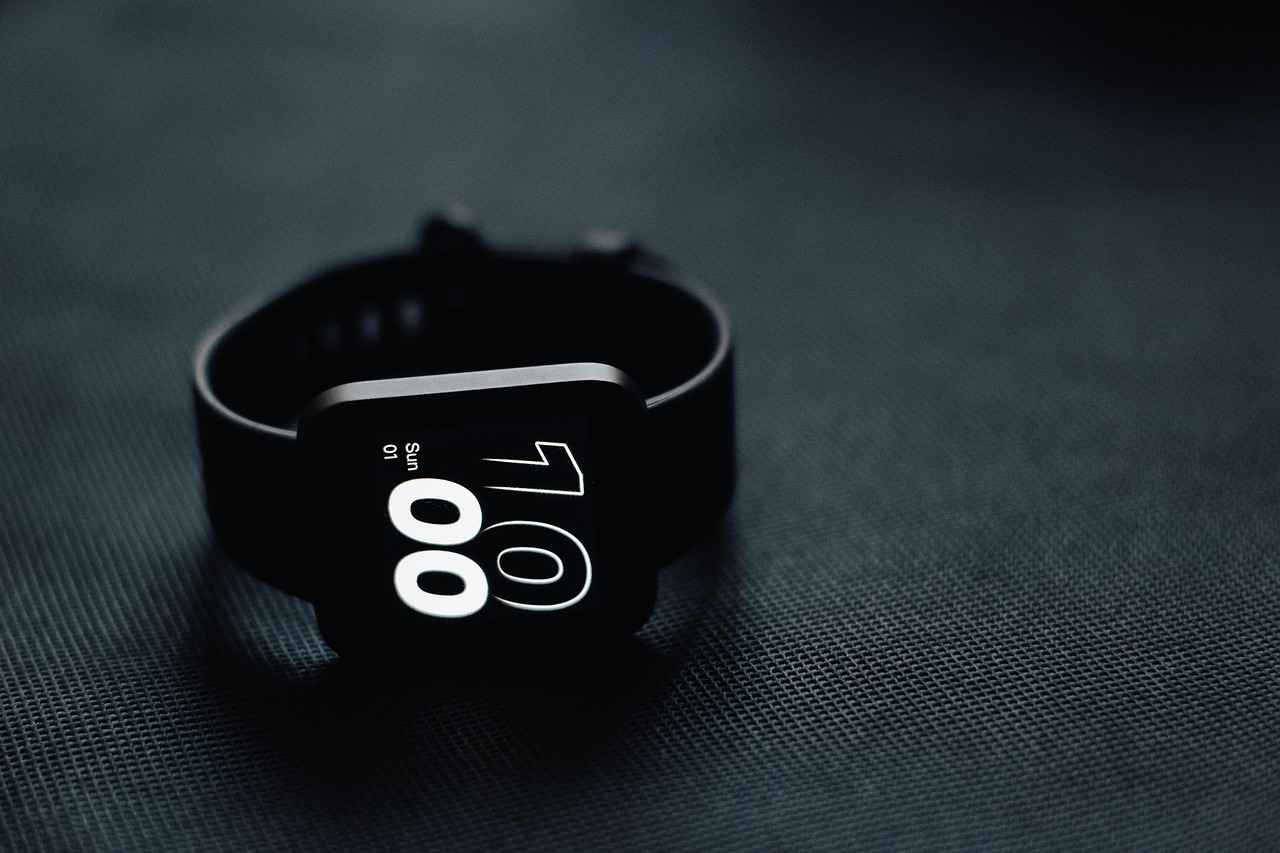
Additional Health Features in Smartwatches
Smartwatches have evolved beyond mere timekeeping devices; they now serve as comprehensive health management tools. One of the most significant advancements is the integration of various health features that go beyond blood pressure monitoring. This section delves into the additional functionalities offered by smartwatches, including heart rate monitoring, ECG, and fitness tracking, which collectively enhance overall health management.
Heart rate monitoring is a critical feature that complements blood pressure tracking. This functionality allows users to continuously monitor their heart rate throughout the day, providing insights into their cardiovascular health. Smartwatches utilize advanced sensors to detect heartbeats and can alert users to any irregularities, such as tachycardia or bradycardia. This real-time data is invaluable for anyone looking to maintain or improve their fitness levels.
Another remarkable feature found in many modern smartwatches is Electrocardiogram (ECG) functionality. This feature enables users to take an ECG directly from their wrist, capturing heart rhythm and electrical activity. The ECG readings can help in detecting potential issues such as atrial fibrillation, a condition that can lead to serious complications if left unchecked. By providing this capability, smartwatches empower users to take proactive steps towards their heart health.
Fitness tracking is a staple of smartwatch technology, offering users the ability to monitor their physical activity levels. Smartwatches can track various metrics, including steps taken, calories burned, and distance traveled. Additionally, many devices offer specialized modes for different activities, such as running, cycling, and swimming. This comprehensive tracking encourages users to stay active and meet their fitness goals.
Quality sleep is essential for overall health, and many smartwatches now include sleep monitoring features. These devices analyze sleep patterns, providing insights into sleep duration and quality. By understanding their sleep habits, users can make informed changes to improve their rest, ultimately contributing to better physical and mental health.
In today’s fast-paced world, managing stress is crucial for maintaining good health. Some smartwatches come equipped with features that help users monitor their stress levels. Through guided breathing exercises and mindfulness reminders, these tools promote relaxation and mental well-being, making them an essential addition to any health management routine.
In summary, the additional health features in smartwatches, such as heart rate monitoring, ECG, fitness tracking, sleep analysis, and stress management tools, significantly enhance the way users manage their health. By incorporating these functionalities, smartwatches provide a holistic approach to health monitoring, enabling users to stay informed and proactive about their well-being.
Heart Rate Monitoring
is an essential feature found in many modern smartwatches, offering users valuable insights into their cardiovascular health. By tracking heart rate alongside blood pressure, users gain a more comprehensive understanding of their overall well-being. This section delves into how heart rate monitoring functions and its significance for health management.
Smartwatches typically utilize optical sensors to measure heart rate by detecting blood flow through the skin. This method, known as photoplethysmography (PPG), allows for continuous monitoring throughout the day. Users can easily access their heart rate data via the smartwatch interface, making it convenient to keep track of their heart health in real time.
- Understanding Heart Rate Variability: Heart rate variability (HRV) is another critical aspect that can be monitored. It reflects the body’s ability to adapt to stress and recover from exertion, providing insights into a user’s fitness level and stress response.
- Importance of Regular Monitoring: Regular heart rate monitoring can help detect irregularities early, such as tachycardia or bradycardia, which may indicate underlying health issues. This proactive approach enables users to seek medical advice when necessary.
- Integration with Fitness Goals: Many users integrate heart rate data with their fitness routines. By understanding heart rate zones, individuals can optimize their workouts, ensuring they are exercising at the right intensity for maximum benefit.
Moreover, heart rate monitoring can be particularly beneficial for individuals with pre-existing health conditions. It empowers users to manage their health more effectively by providing data that can be shared with healthcare providers, facilitating informed discussions about treatment and lifestyle adjustments.
In summary, heart rate monitoring is a crucial component of modern smartwatches that complements blood pressure tracking. By providing a holistic view of cardiovascular health, it allows users to take charge of their well-being and make informed health decisions.
ECG Functionality
Electrocardiogram (ECG) functionality in smartwatches represents a remarkable leap in personal health monitoring technology. This feature allows users to monitor their heart’s electrical activity, providing critical insights into their cardiovascular health. But how does it work, and why is it significant?
ECG technology in smartwatches utilizes sensors to detect electrical signals produced by the heart during each beat. When a user initiates an ECG reading, they typically place a finger on the watch’s designated sensor. The smartwatch records the heart’s rhythm over a short period, usually 30 seconds, and generates a report that can indicate potential heart irregularities.
One of the primary advantages of ECG functionality is its ability to detect atrial fibrillation (AFib), a common heart rhythm disorder that can lead to serious complications, including stroke. Early detection of AFib can prompt users to seek medical advice sooner, potentially saving lives. Furthermore, the convenience of having this technology on a smartwatch means that users can perform ECG tests anytime, anywhere, without needing specialized equipment or a doctor’s appointment.
Moreover, the data collected from ECG readings can be shared with healthcare professionals, allowing for more informed discussions about heart health. This integration of technology into everyday health management empowers users to take an active role in monitoring their well-being.
While the ECG feature is highly beneficial, it is essential to understand that it is not a substitute for professional medical advice or diagnostics. Users should interpret the results with caution and consult healthcare providers for any concerning findings.
In summary, the in smartwatches is a valuable tool for enhancing personal health management. By enabling users to monitor their heart’s electrical activity conveniently, it plays a crucial role in the early detection of heart irregularities, ultimately supporting better cardiovascular health.
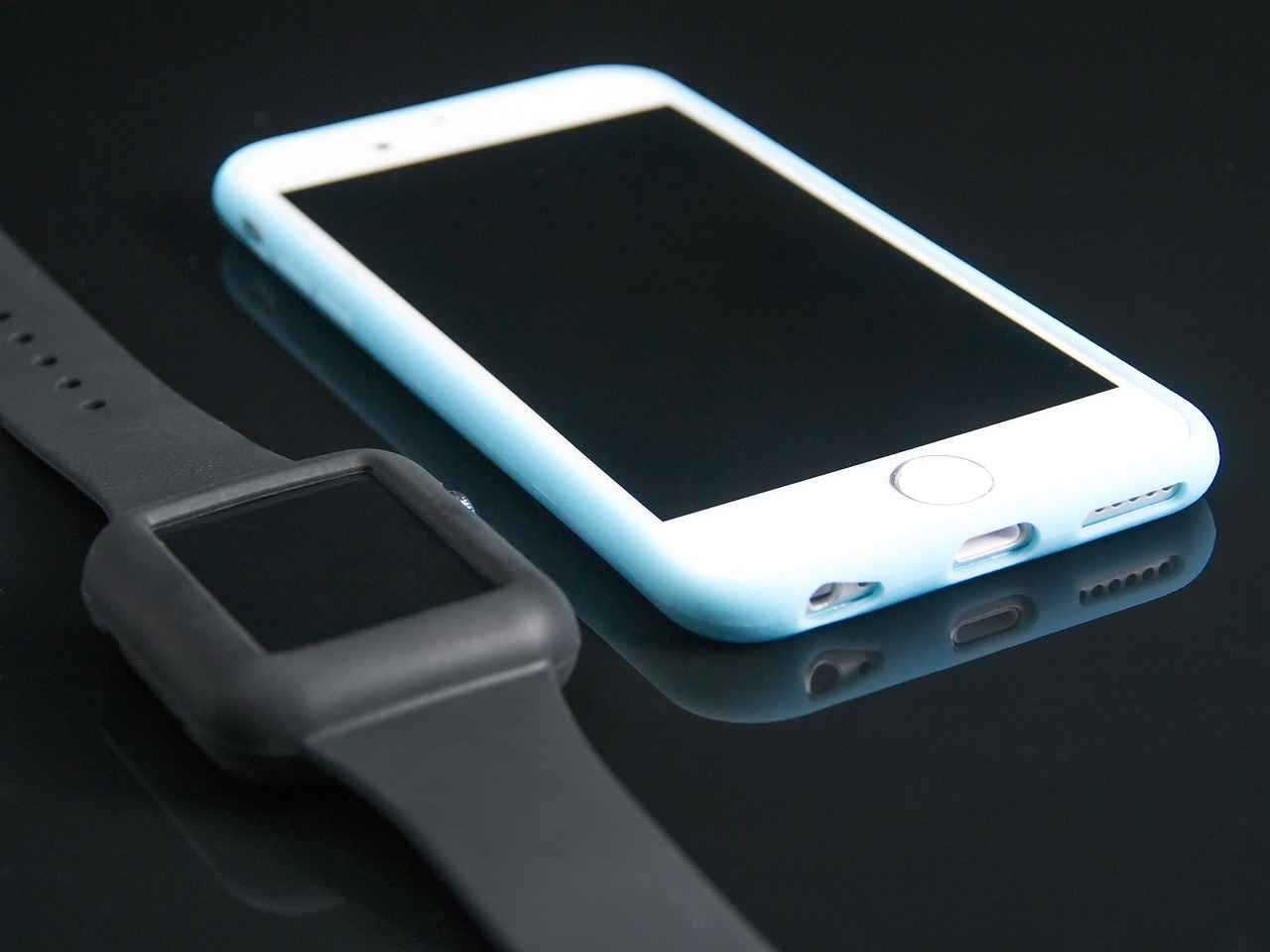
Choosing the Right Smartwatch for Blood Pressure Monitoring
When it comes to , several critical factors should be taken into account to ensure you make an informed decision. This guide will outline essential aspects that can help you navigate the myriad of options available in the market today.
- Features: Look for smartwatches that offer accurate blood pressure monitoring capabilities. Some models come with additional health features such as heart rate monitoring, ECG, and sleep tracking, which can provide a more comprehensive view of your overall health.
- Compatibility: Ensure that the smartwatch is compatible with your smartphone and the health apps you use. This compatibility enhances the functionality of the device, allowing for seamless data synchronization and better health tracking.
- Budget: Smartwatches come in a wide range of prices. Determine your budget beforehand and consider what features are most important to you. While it may be tempting to opt for the cheapest option, investing in a reliable device can yield better health insights.
- Battery Life: Consider the battery life of the smartwatch, especially if you plan to use it for continuous monitoring. A device with longer battery life will provide convenience and reduce the frequency of charging.
- User Experience: Look for user reviews and ratings to gauge the overall satisfaction of current users. A smartwatch that is easy to navigate and provides clear data is essential for effective health management.
In summary, selecting the ideal smartwatch for blood pressure monitoring involves a careful evaluation of features, compatibility, budget, battery life, and user experience. By focusing on these aspects, you can choose a device that not only meets your health monitoring needs but also enhances your overall lifestyle.
Budget Considerations
When it comes to selecting a smartwatch, are crucial. With a myriad of options available in the market, it’s essential to find a balance between features and price to ensure you invest wisely without compromising on your health monitoring needs.
First, determine your primary health goals. Are you looking for a device primarily for blood pressure monitoring, or do you want additional features like heart rate tracking and fitness monitoring? Understanding your priorities will help you narrow down your choices.
Next, set a realistic budget. Smartwatches can range from affordable to premium prices. It’s important to identify how much you are willing to spend without overshooting your financial limits. Consider the long-term benefits of investing in a quality device that meets your health needs, as this can save you money in the long run by potentially reducing healthcare costs.
Additionally, research various models within your budget. Look for user reviews and expert analyses to gauge the value for money each smartwatch offers. Pay attention to brands that provide reliable blood pressure monitoring features without compromising on other functionalities. For example, some brands may offer comprehensive health tracking at a lower price point, making them excellent choices for budget-conscious consumers.
Lastly, keep an eye out for sales and discounts. Many retailers offer significant savings during seasonal sales or promotional events. This can be an excellent opportunity to acquire a higher-end model at a more affordable price.
By carefully considering your needs, setting a budget, and researching options, you can find a smartwatch that not only fits your financial plan but also enhances your health monitoring capabilities effectively.
Compatibility with Health Apps
In today’s digital age, smartwatches have evolved beyond mere timekeeping devices to become essential health management tools. One of the most significant advancements is their . This integration not only enhances the functionality of smartwatches but also significantly improves the overall health tracking experience for users.
Many popular health apps, such as MyFitnessPal, Fitbit, and Apple Health, allow users to synchronize their health data seamlessly with their smartwatches. This synchronization enables users to monitor various health metrics, including blood pressure, heart rate, and activity levels, all in one place. By having access to this consolidated data, users can gain a clearer understanding of their health trends over time.
- Enhanced Data Tracking: With health apps, users can track their daily activities, caloric intake, and exercise routines, all of which are vital for maintaining a healthy lifestyle.
- Personalized Insights: Many health apps provide personalized feedback based on the data collected from smartwatches, helping users make informed decisions about their health.
- Goal Setting: Users can set health goals within these apps, such as weight loss or increased physical activity, and monitor their progress directly from their smartwatch.
Moreover, the integration with health apps allows for real-time notifications and reminders. For instance, users can receive alerts for medication schedules, exercise reminders, or even prompts to take a moment to breathe and relax. This feature fosters a more proactive approach to health management.
In summary, the compatibility of smartwatches with health apps significantly enhances their functionality. By leveraging these integrations, users can enjoy a comprehensive health tracking experience that empowers them to take control of their well-being.
Frequently Asked Questions
- How do smartwatches measure blood pressure?
Smartwatches typically use optical sensors and algorithms to estimate blood pressure. They analyze your heart rate and blood flow through your wrist to provide readings, making it easy to monitor your health on the go.
- Are smartwatch blood pressure readings accurate?
While smartwatches offer convenience, their accuracy can vary. It’s essential to compare readings with traditional blood pressure monitors for the best results. Factors like user technique and device calibration can affect accuracy.
- Can I rely on my smartwatch for health monitoring?
Smartwatches are great for tracking health metrics, but they shouldn’t replace professional medical advice. They can provide valuable insights, but always consult a healthcare provider for serious health concerns.
- What additional health features do smartwatches offer?
Besides blood pressure monitoring, many smartwatches come with heart rate tracking, ECG functionality, and fitness tracking. These features work together to give you a comprehensive view of your health.
- How do I choose the right smartwatch for blood pressure monitoring?
Consider factors like features, compatibility with health apps, and your budget. Look for devices that offer reliable blood pressure monitoring and additional health functionalities to enhance your overall experience.
